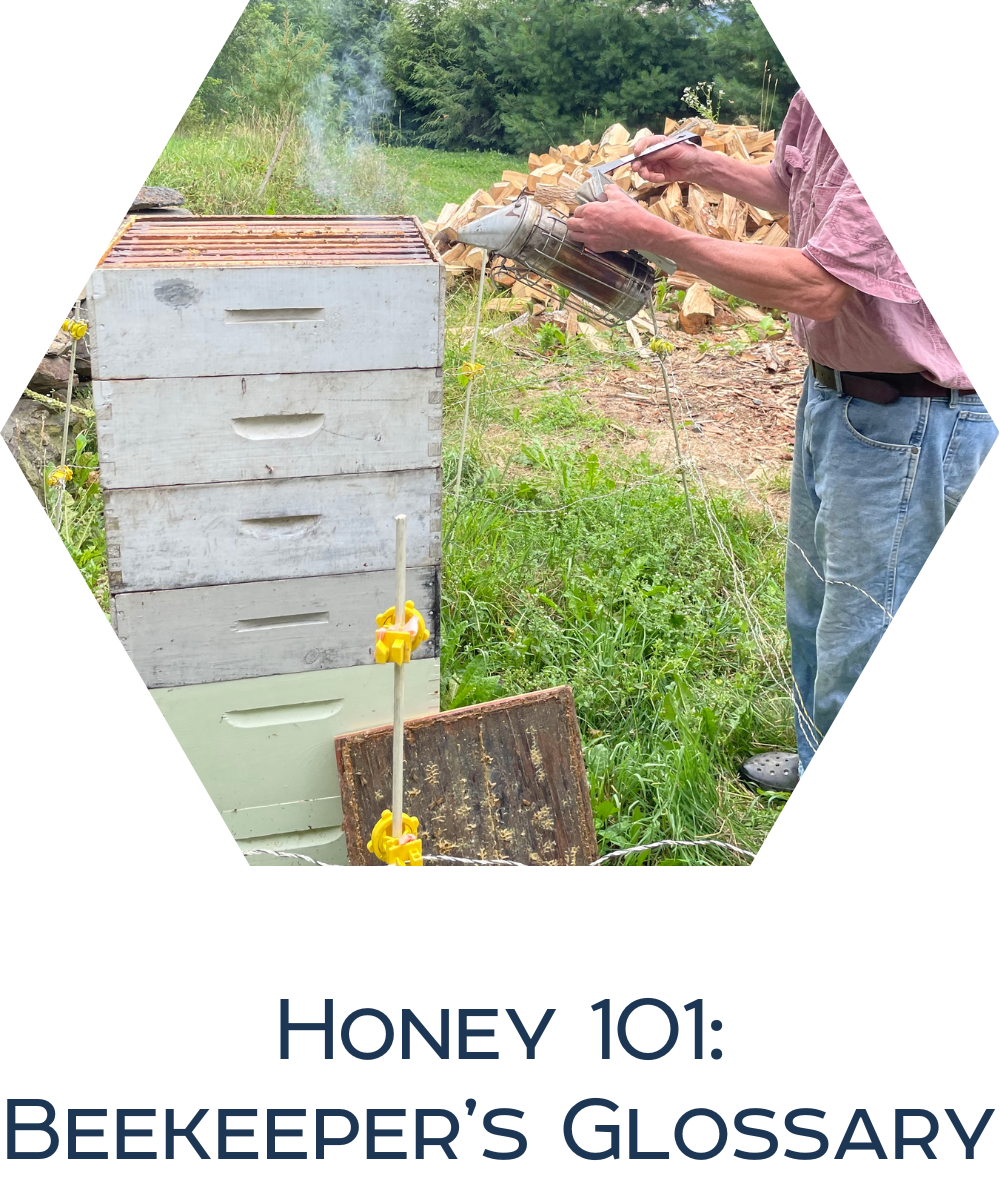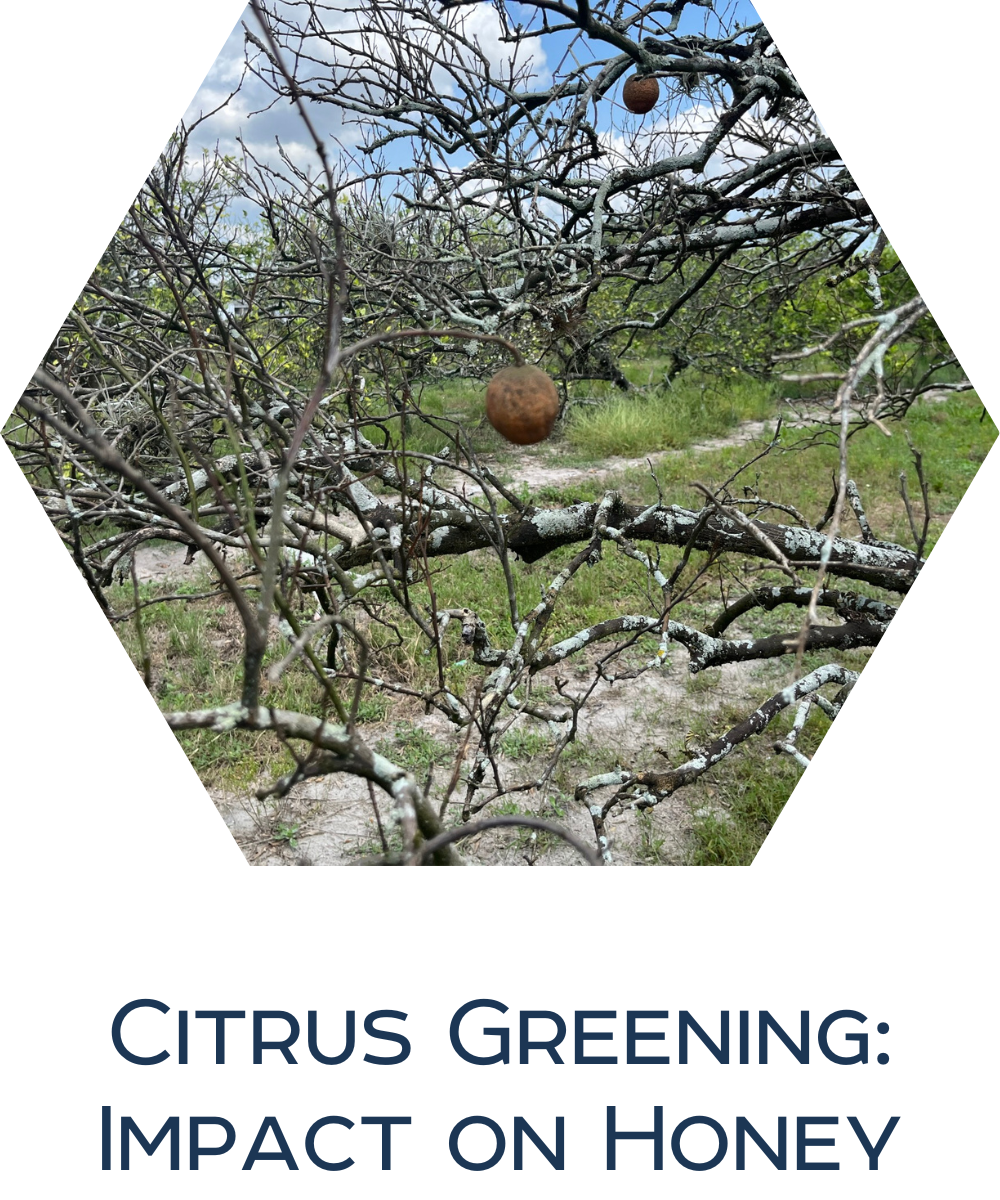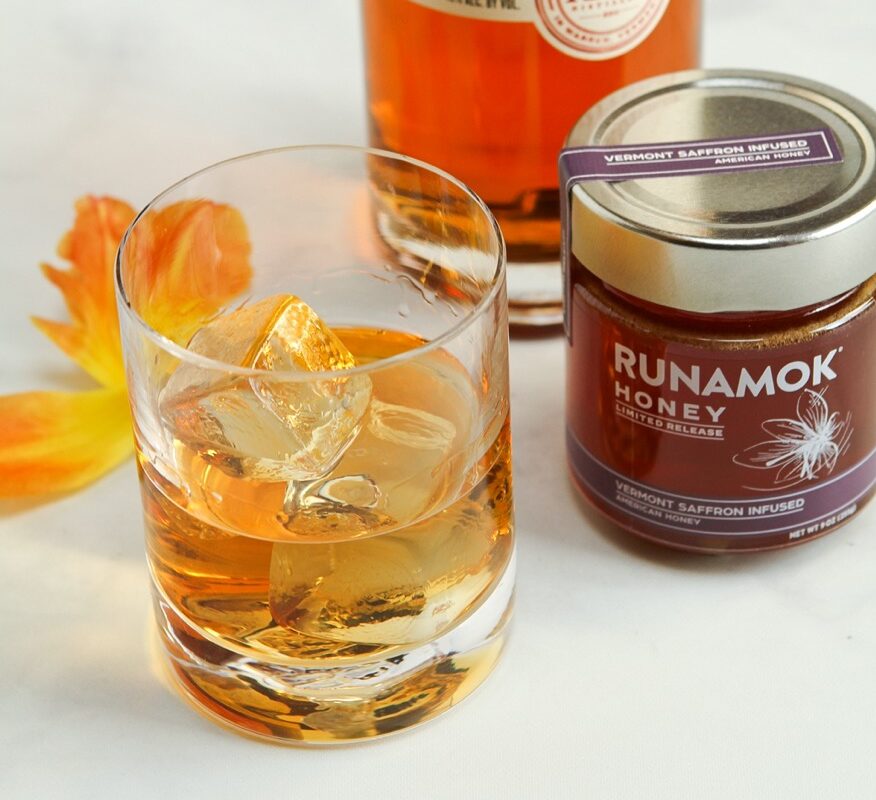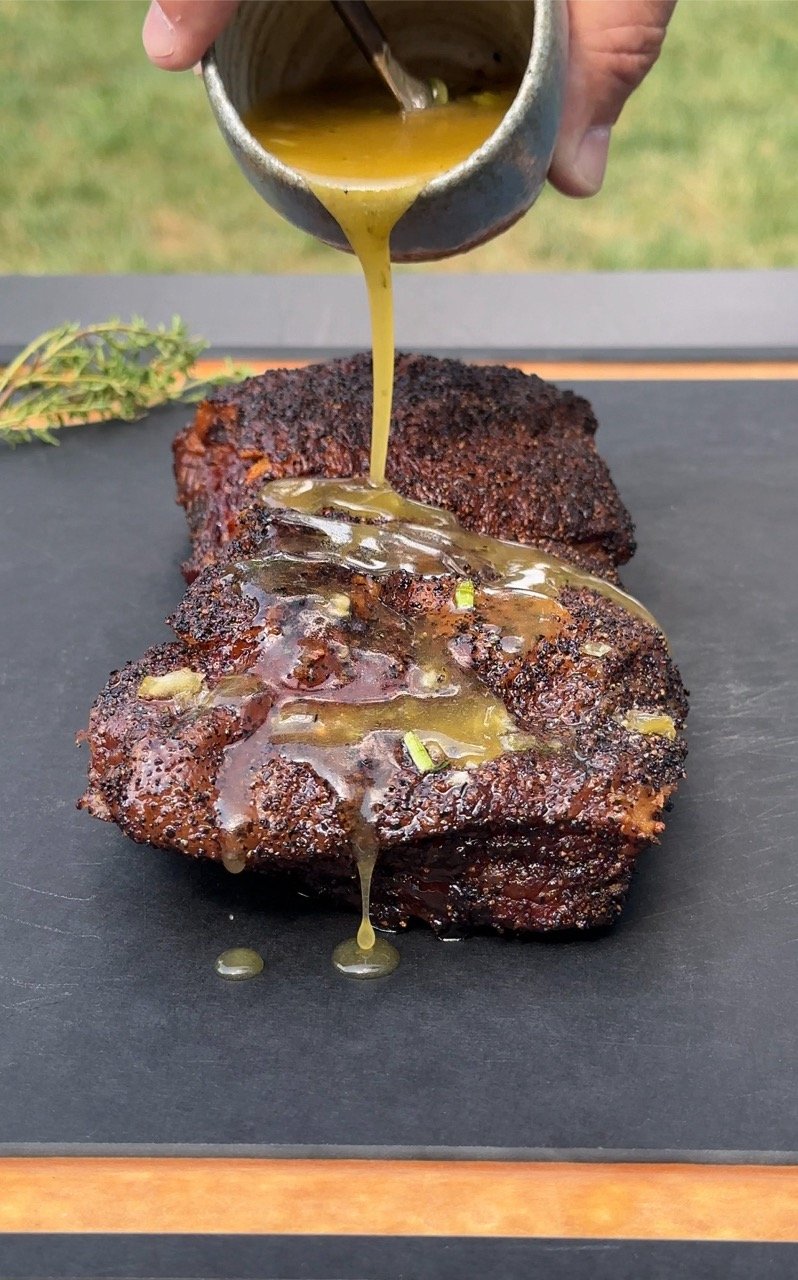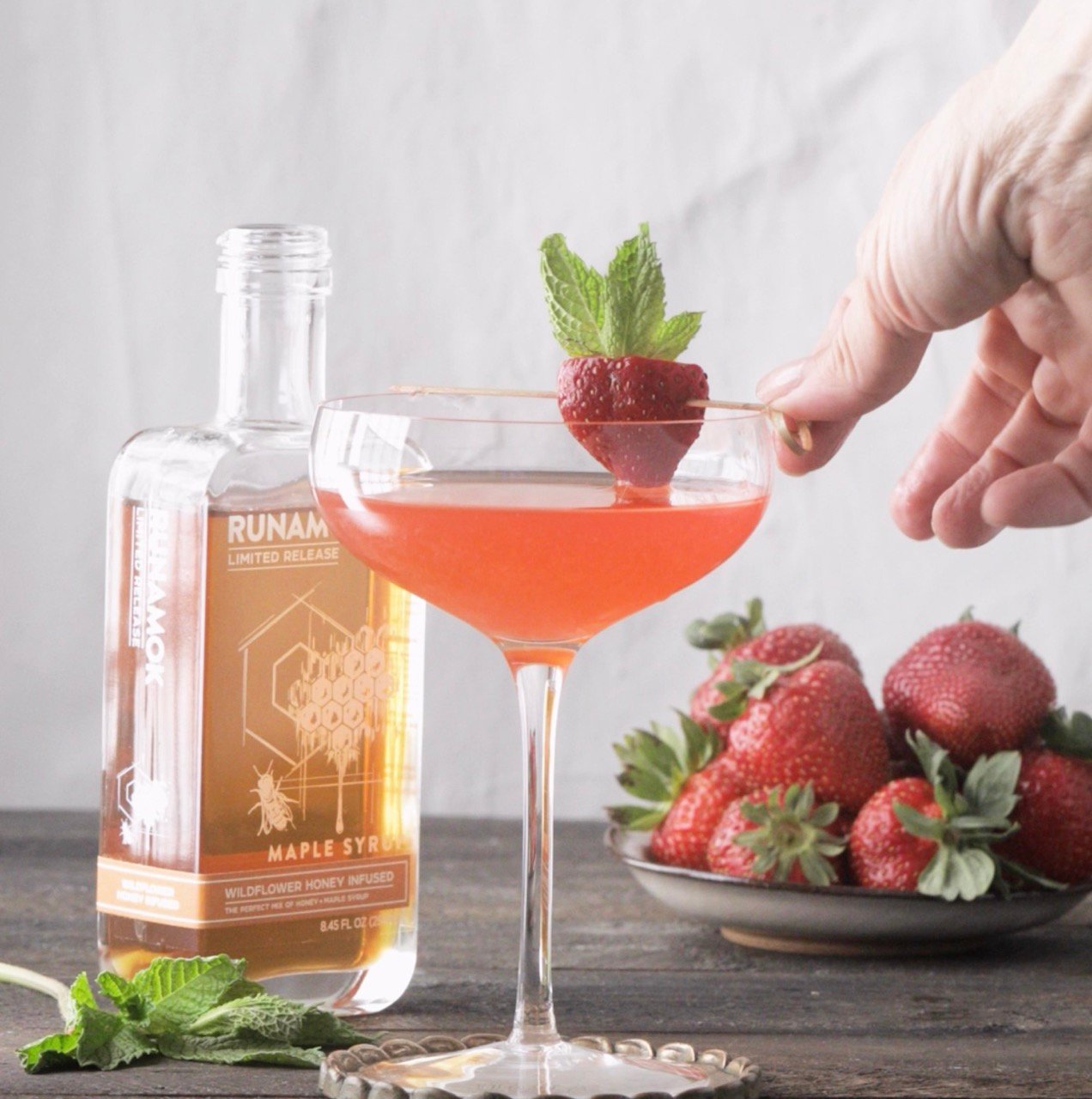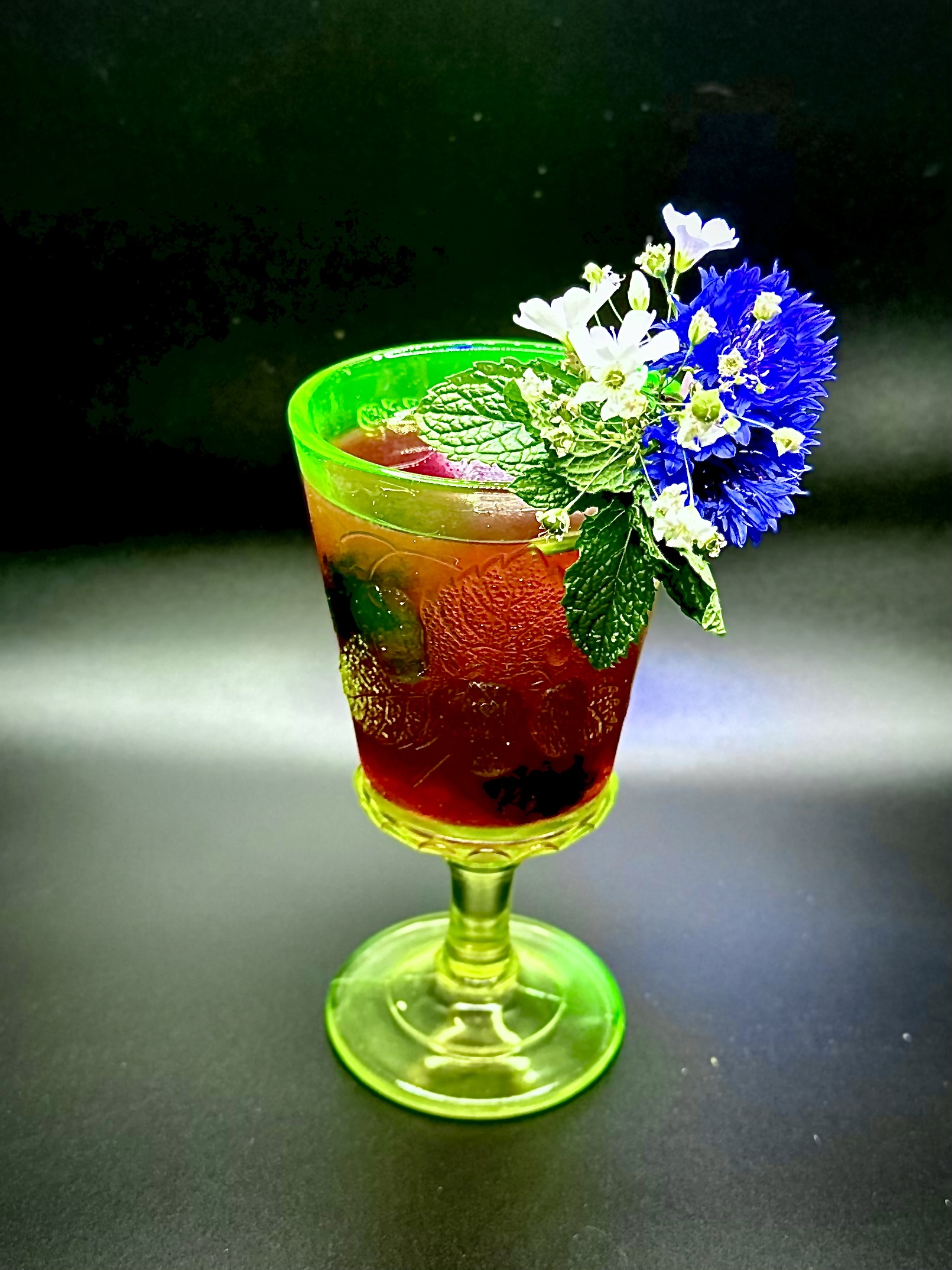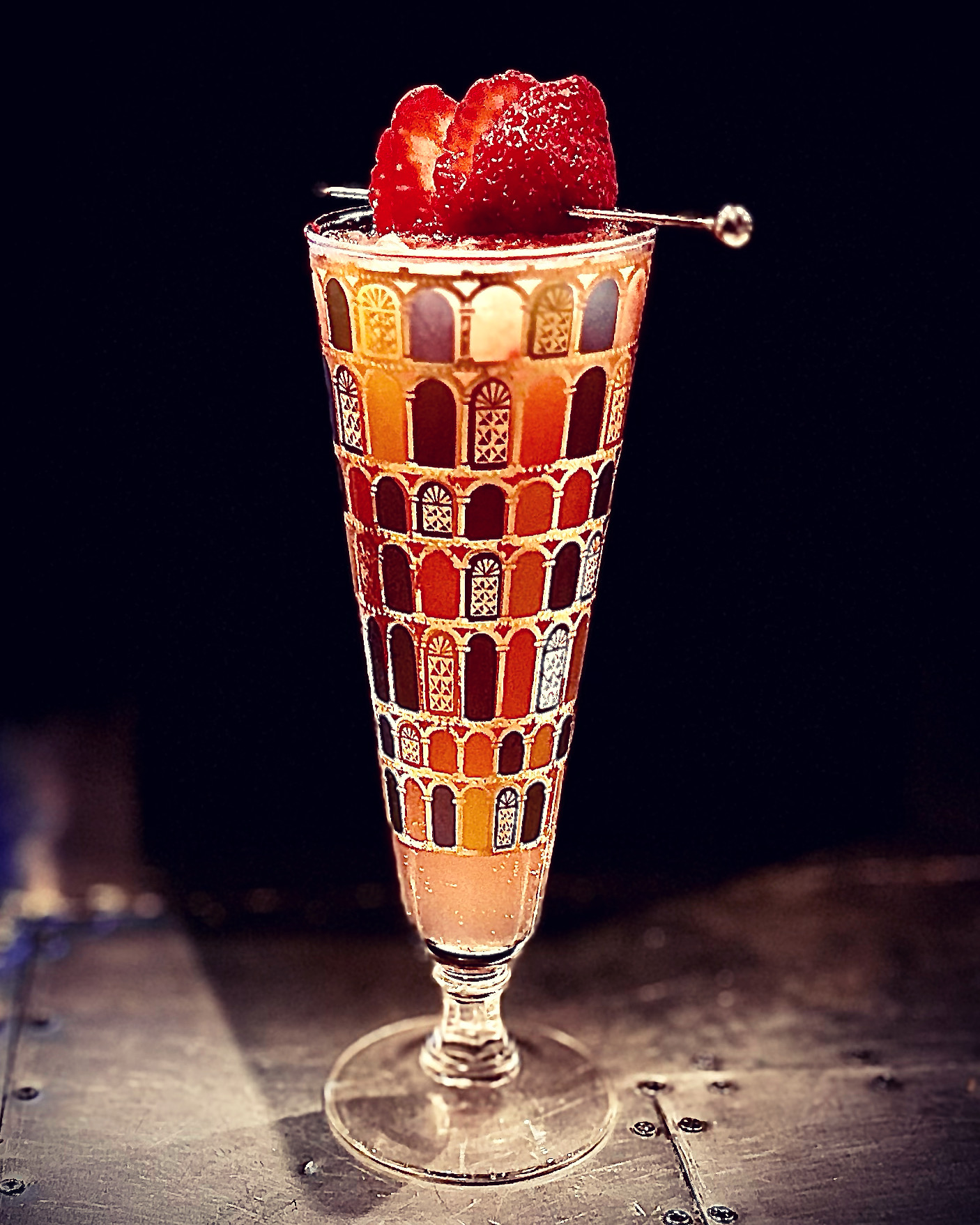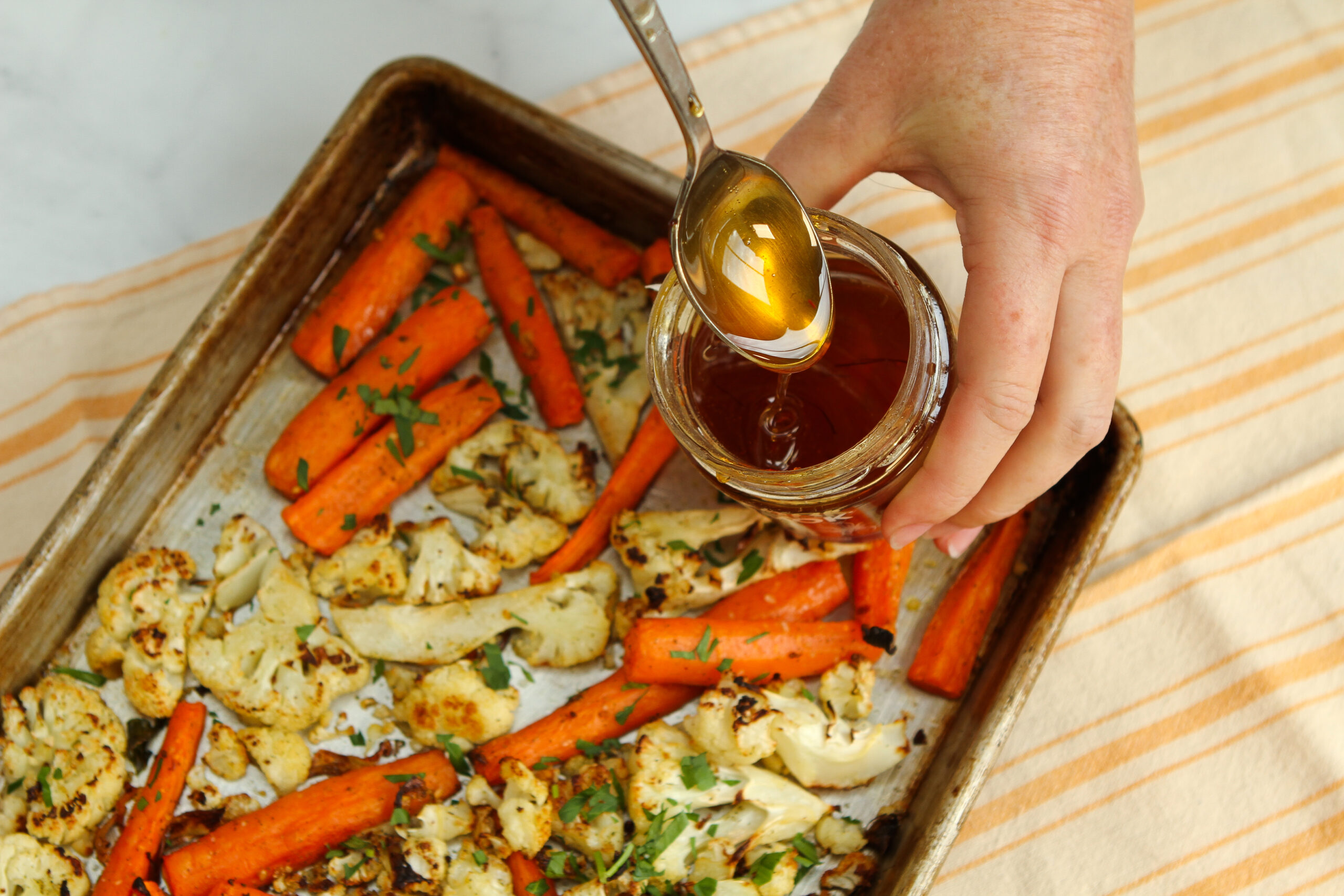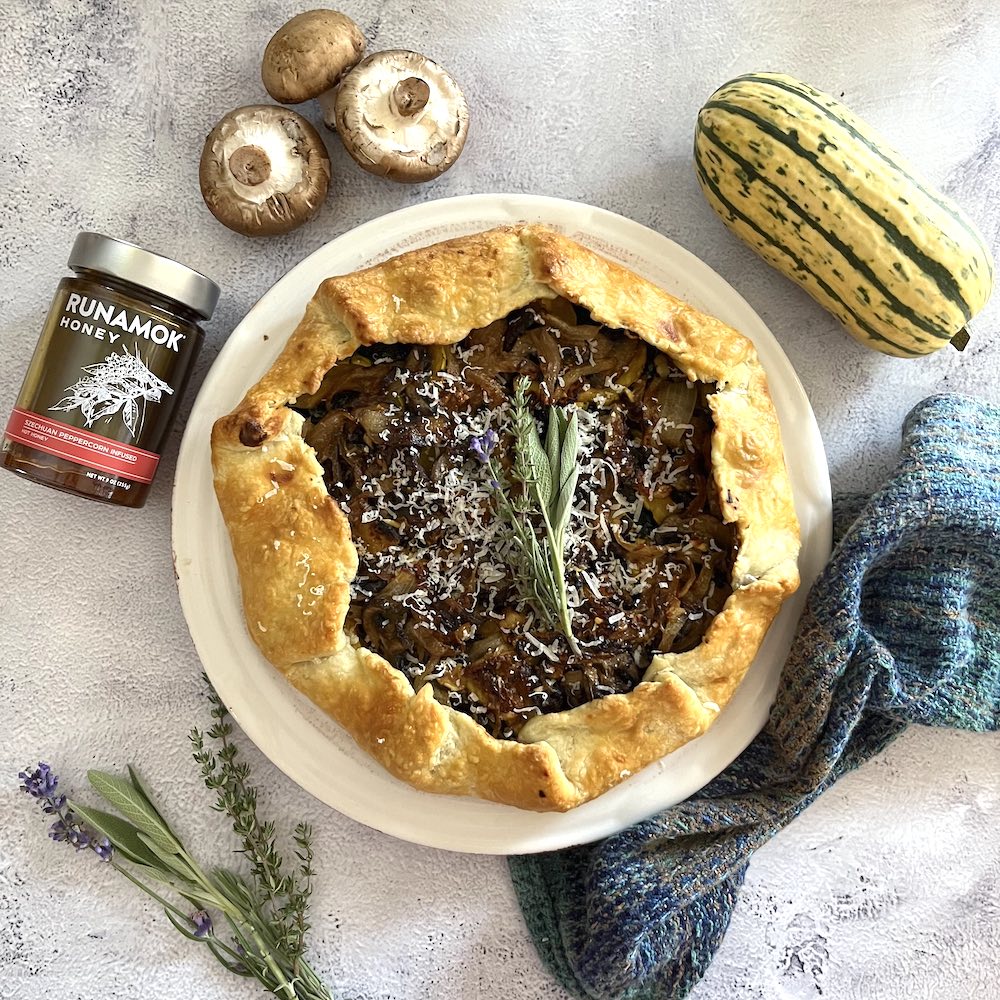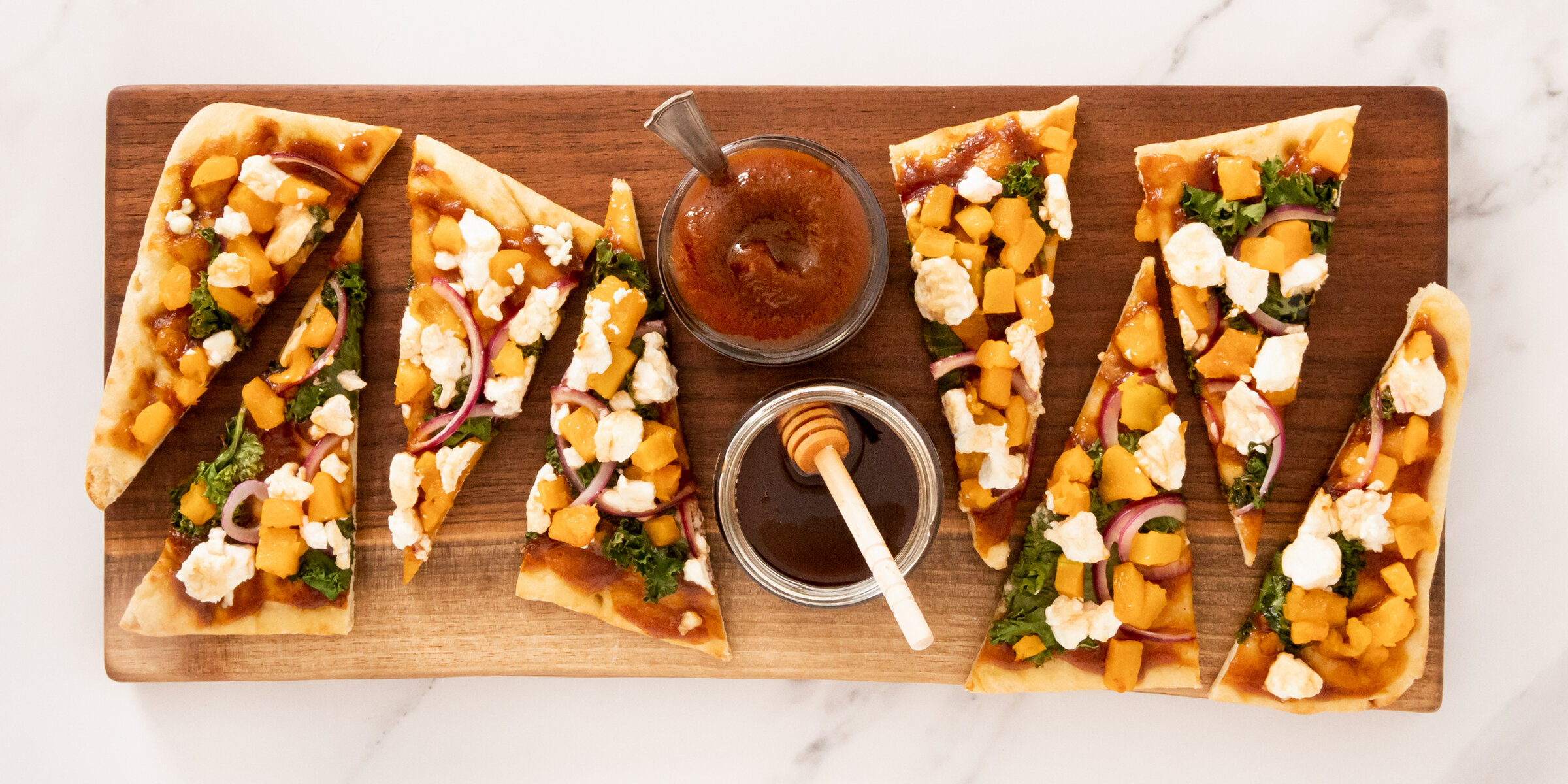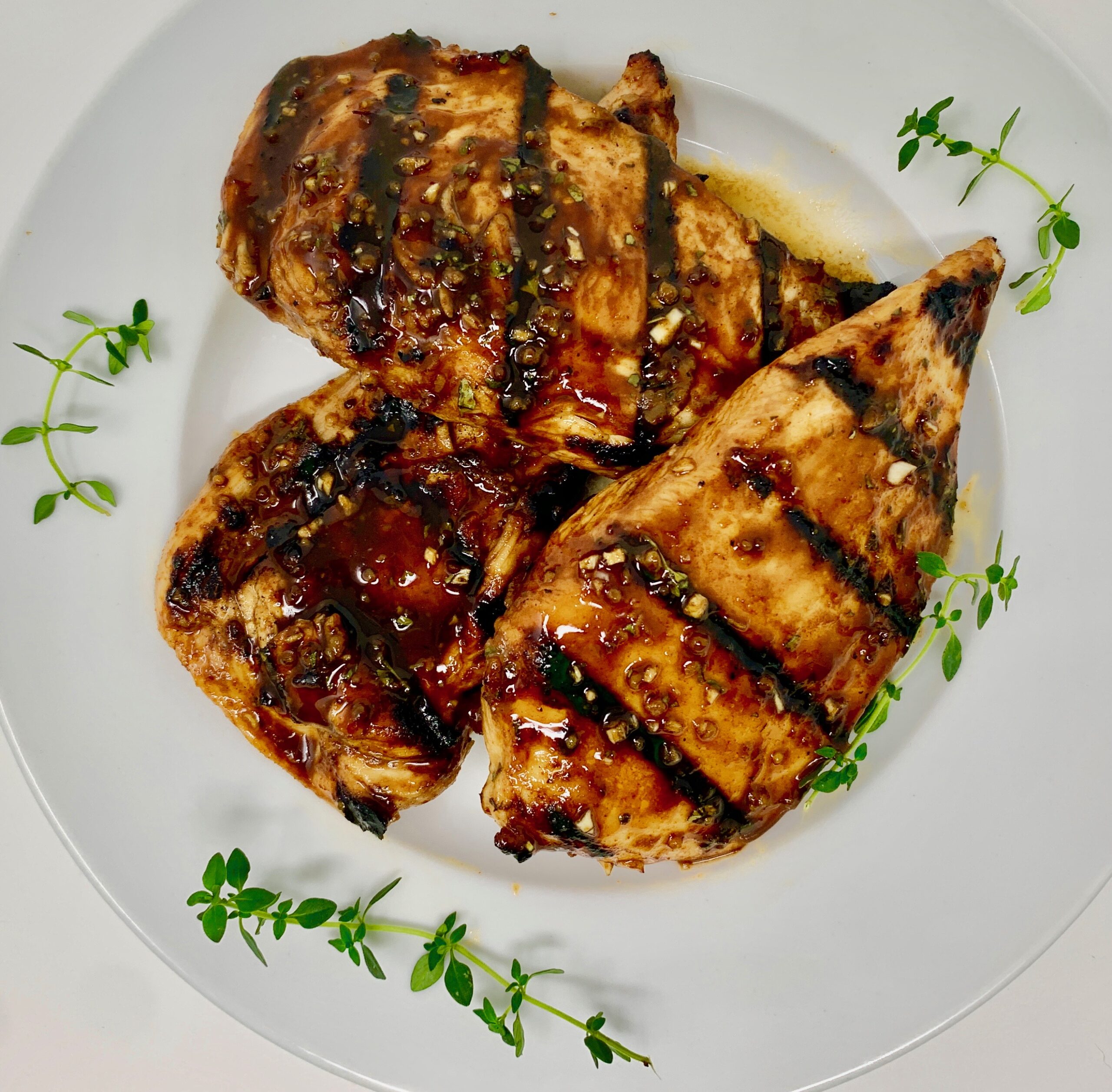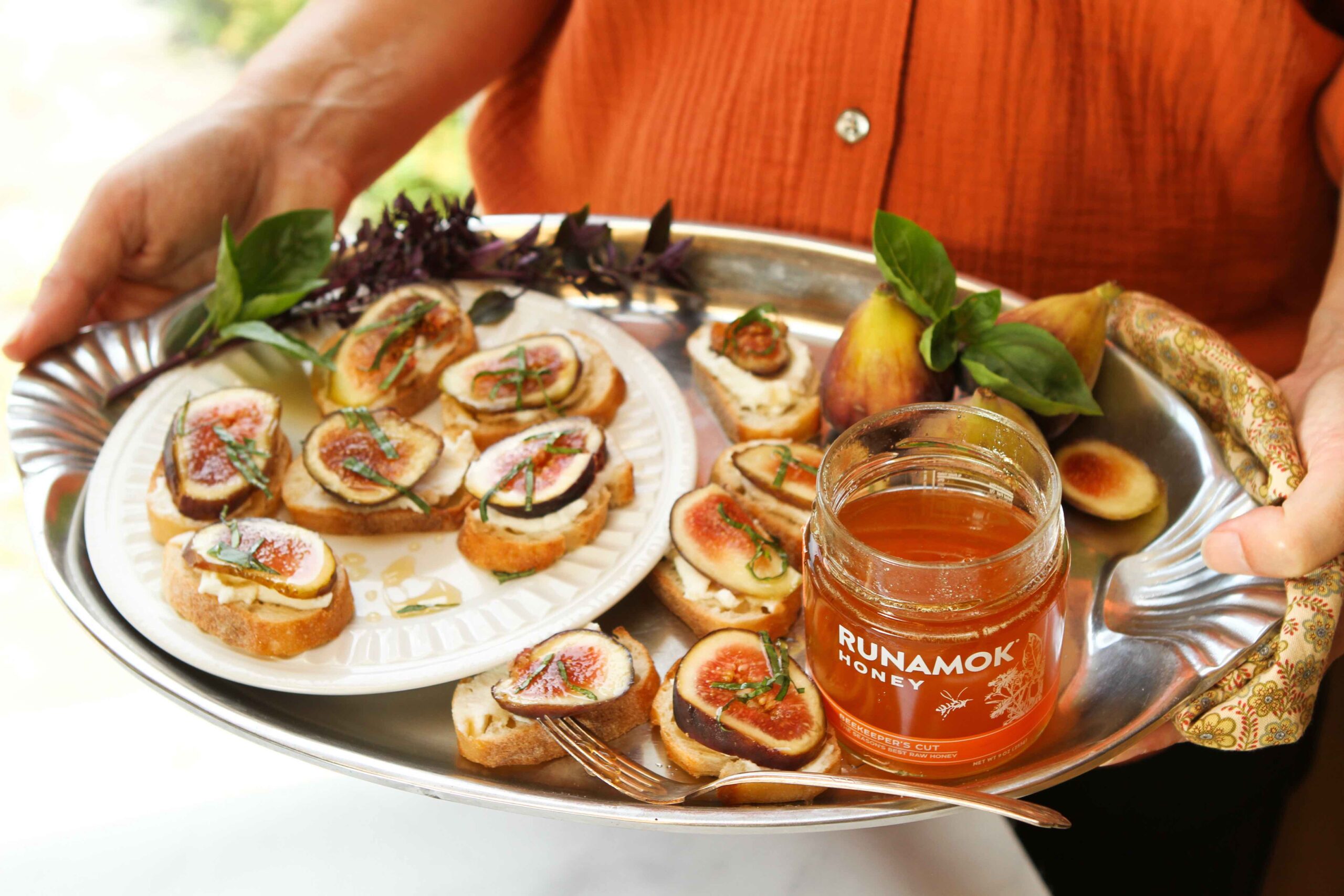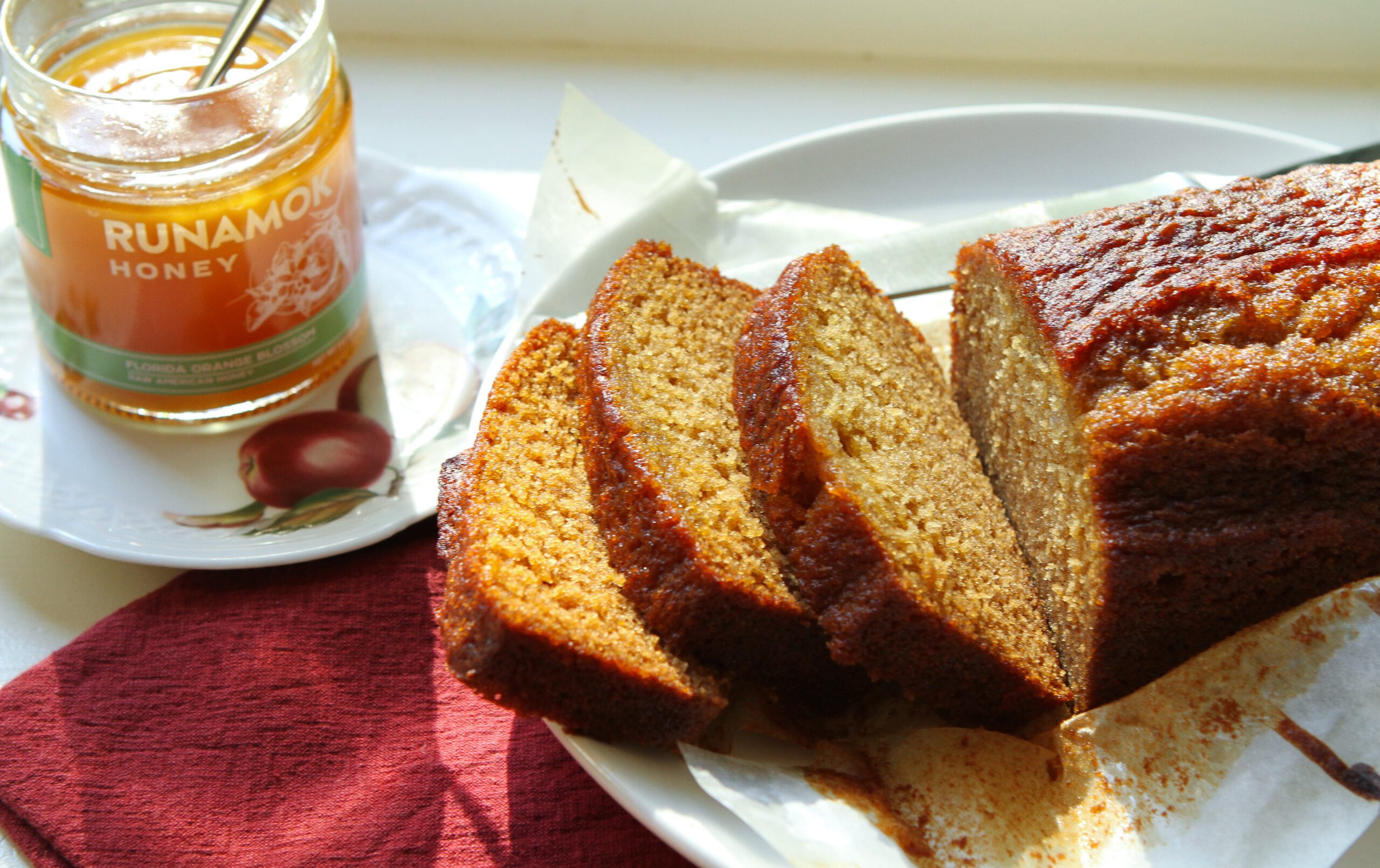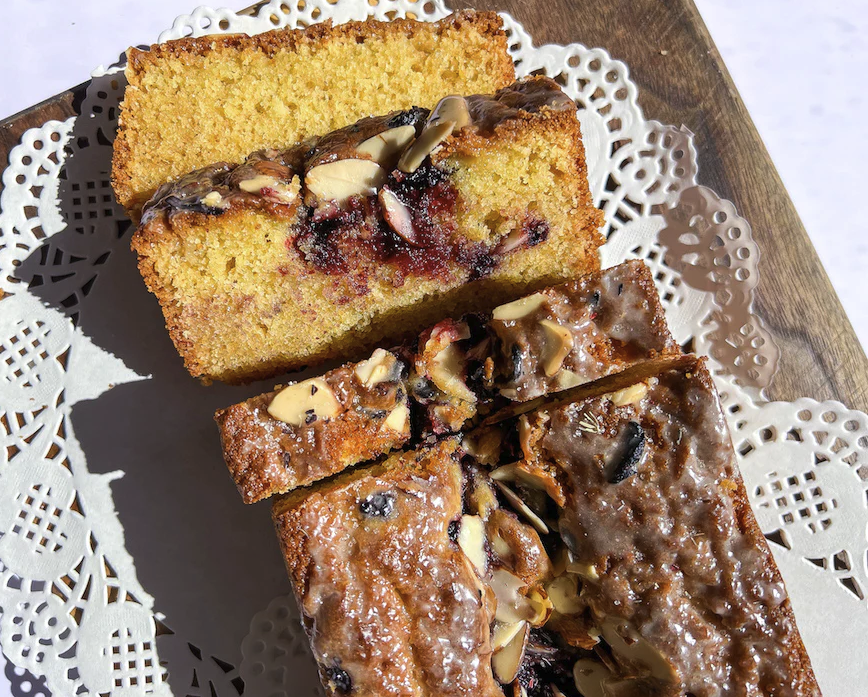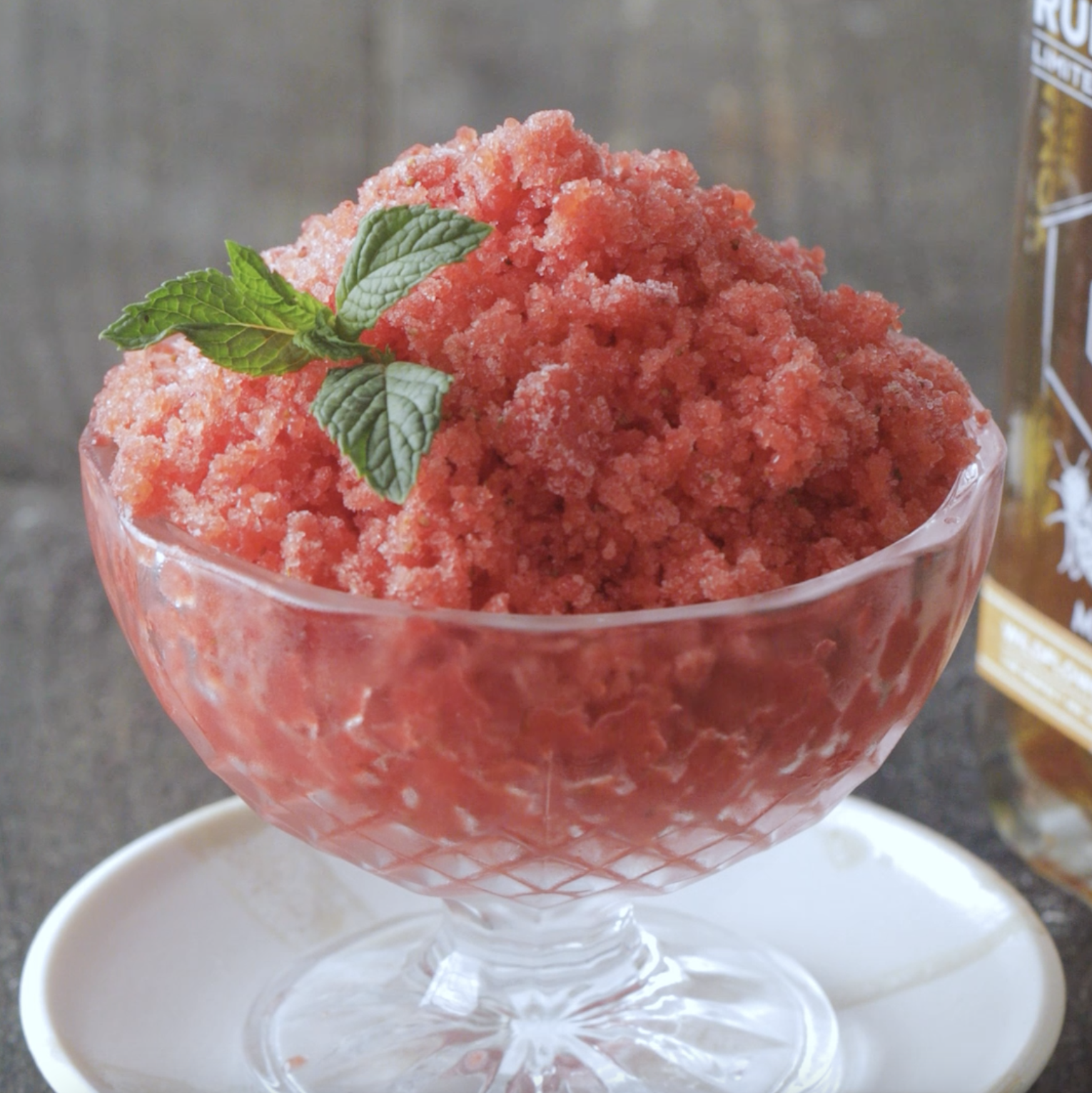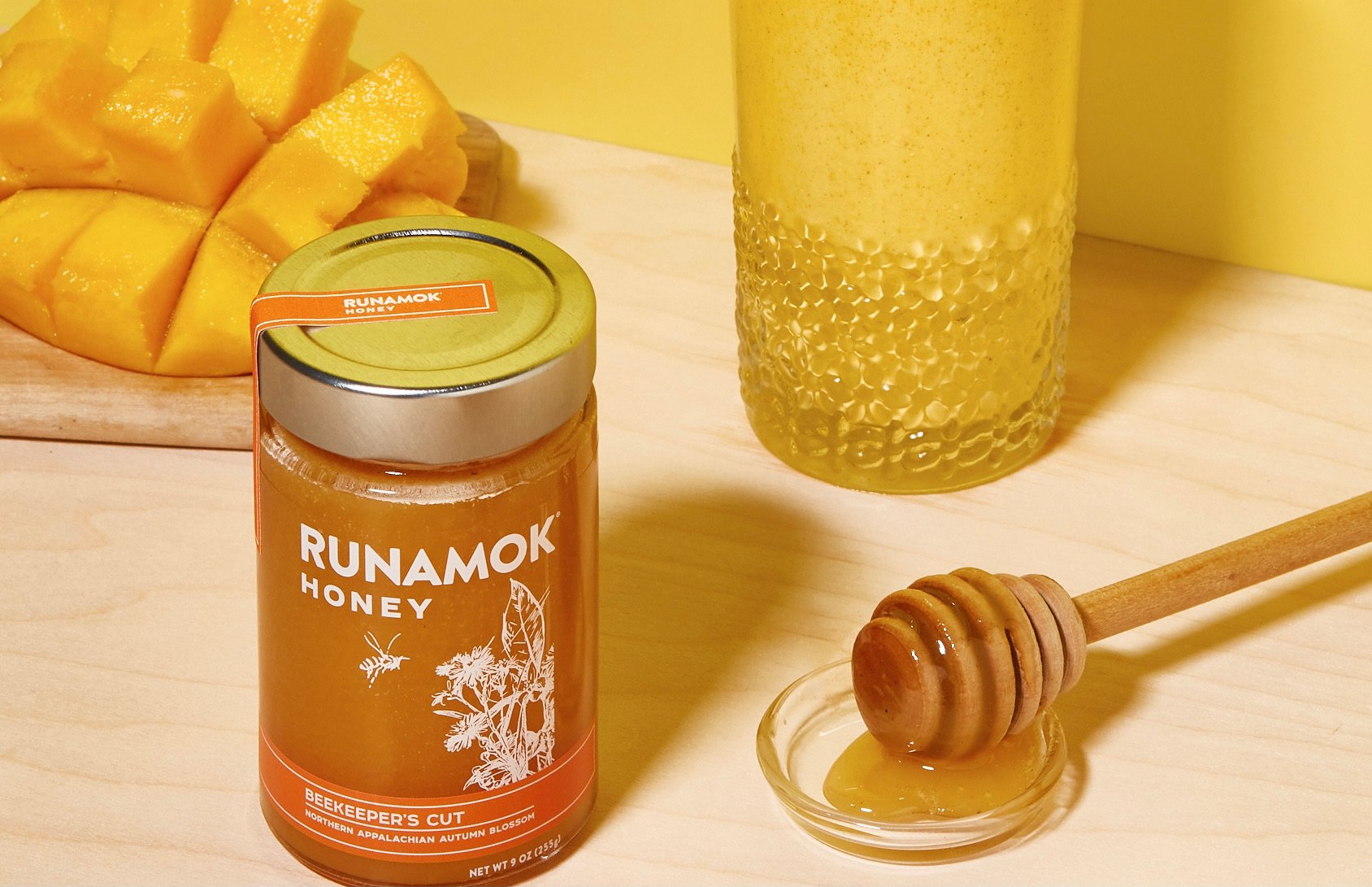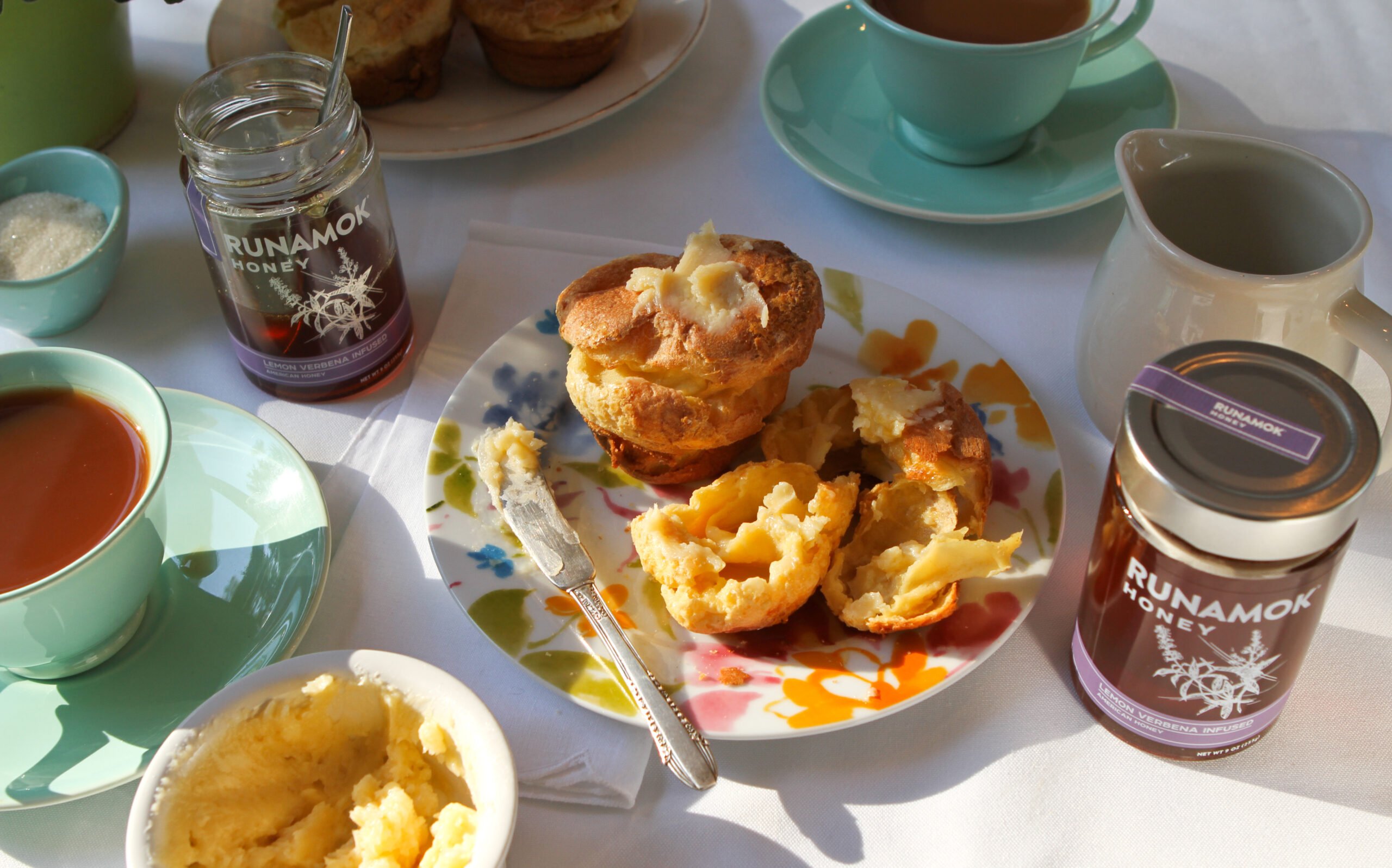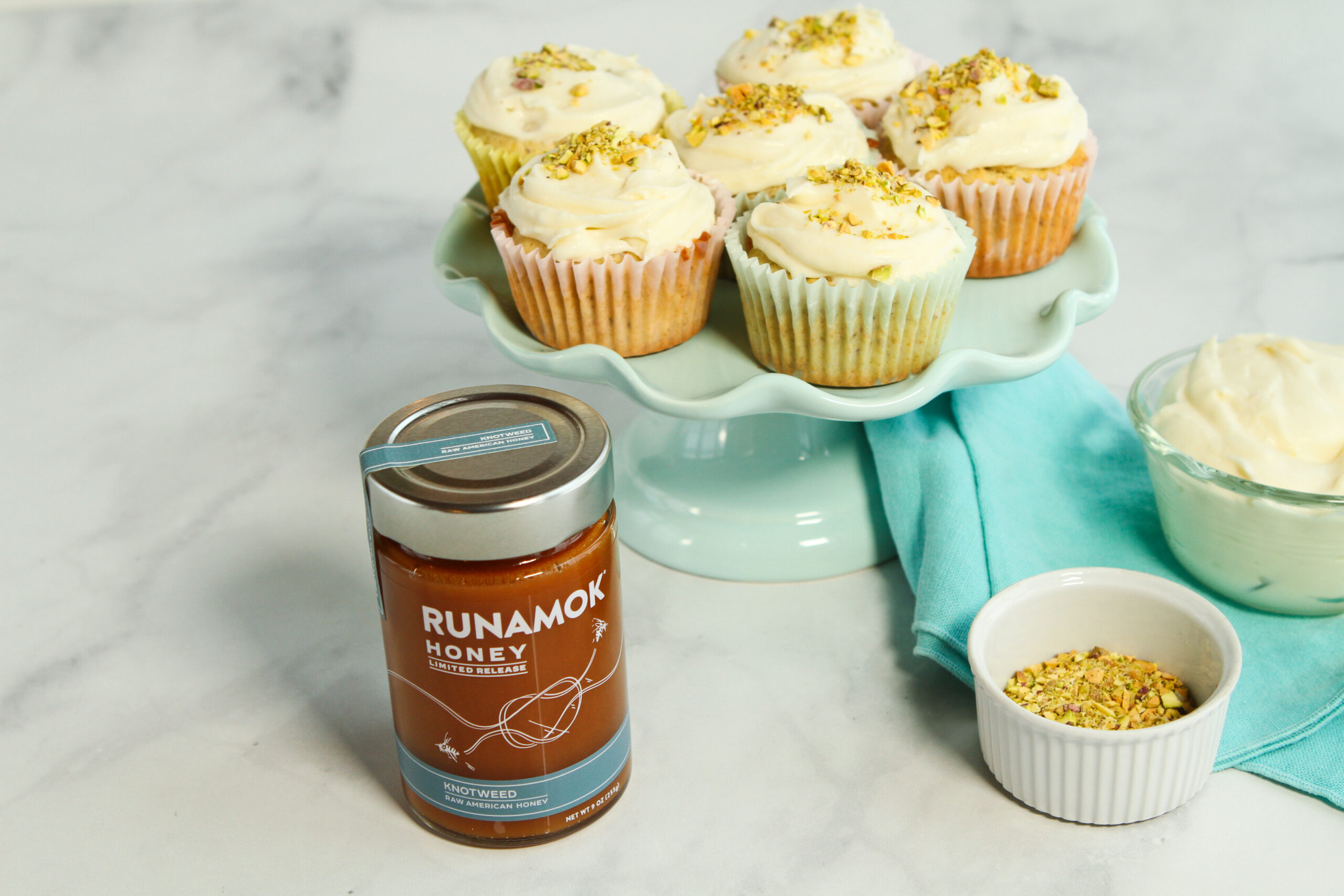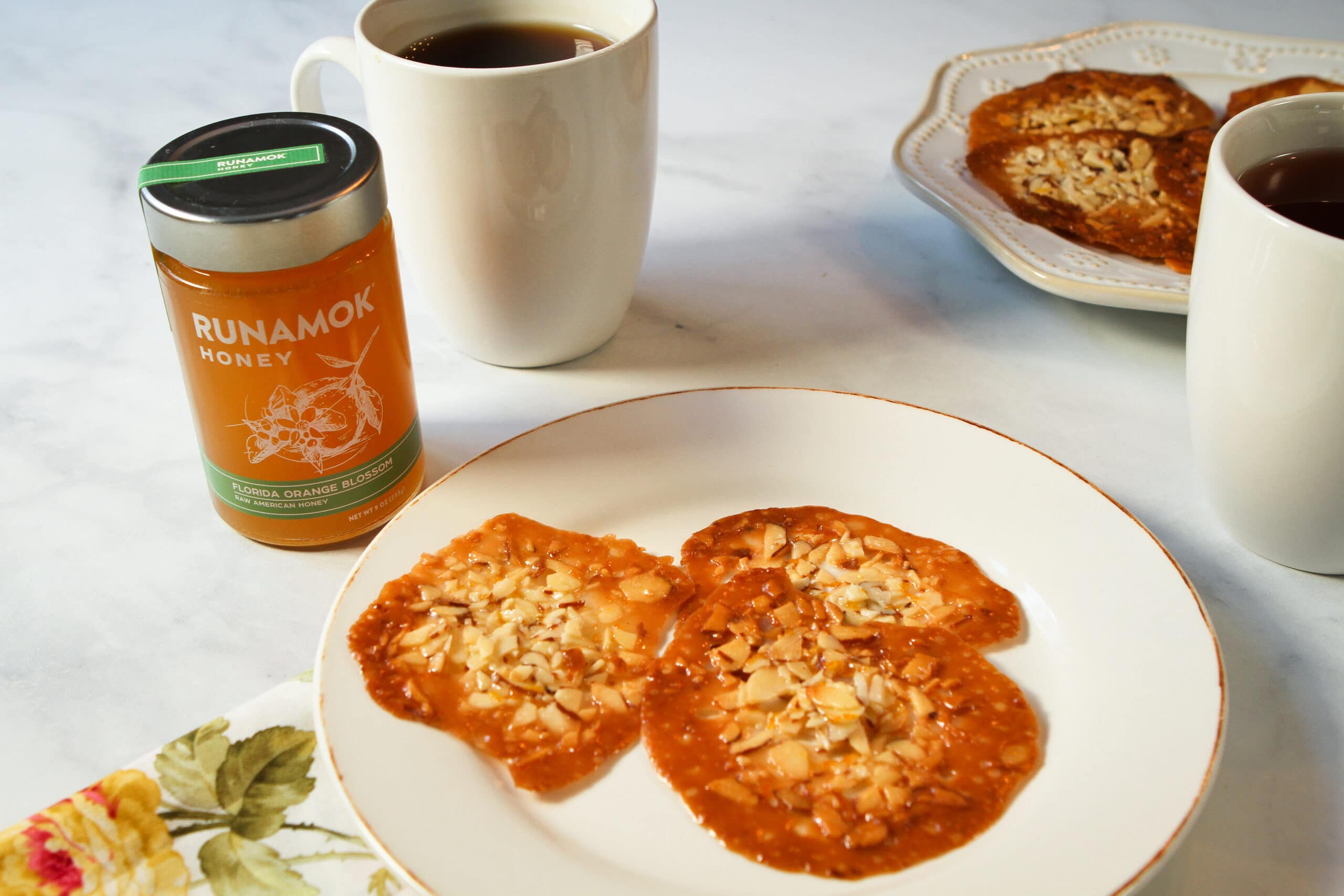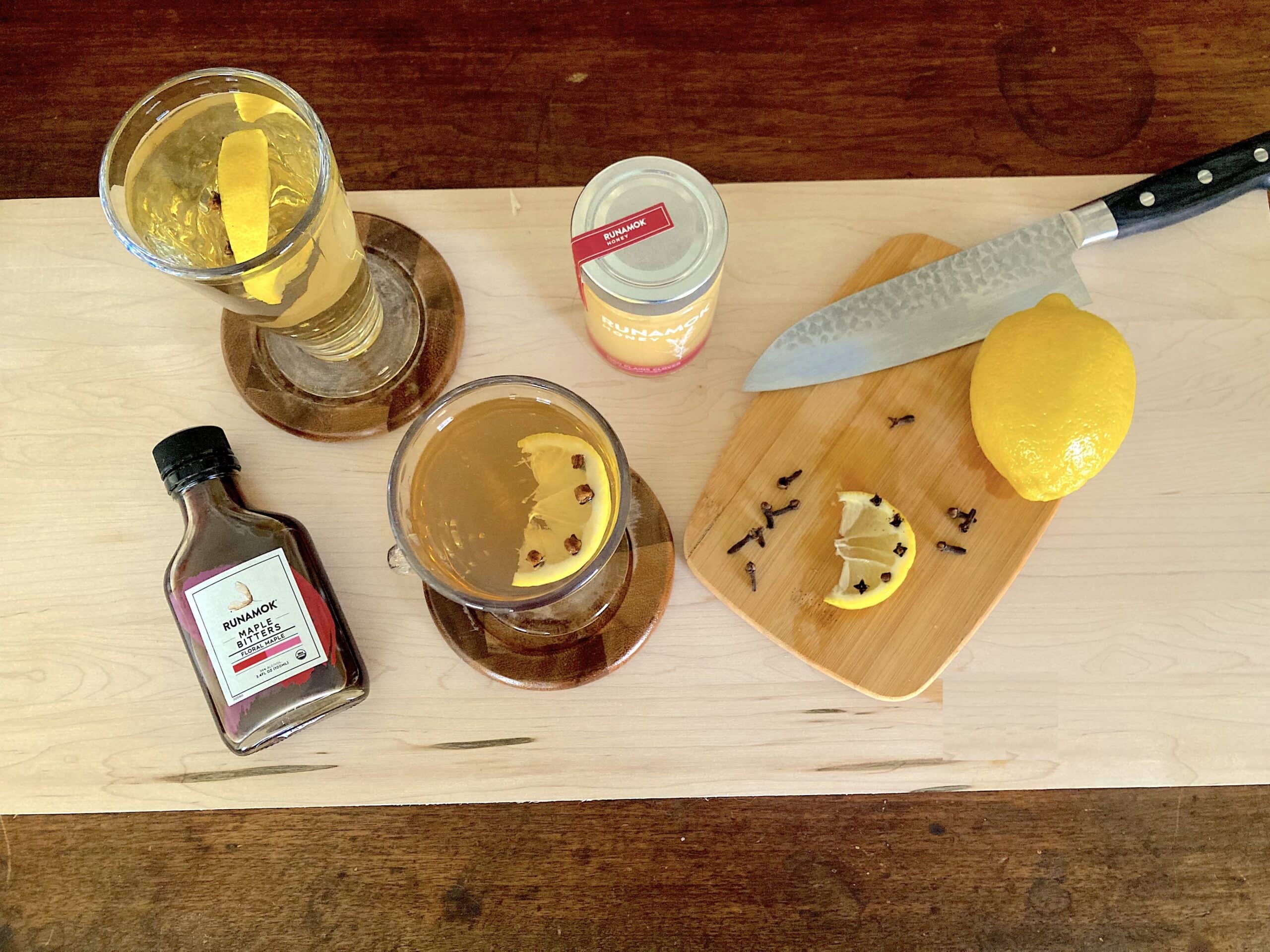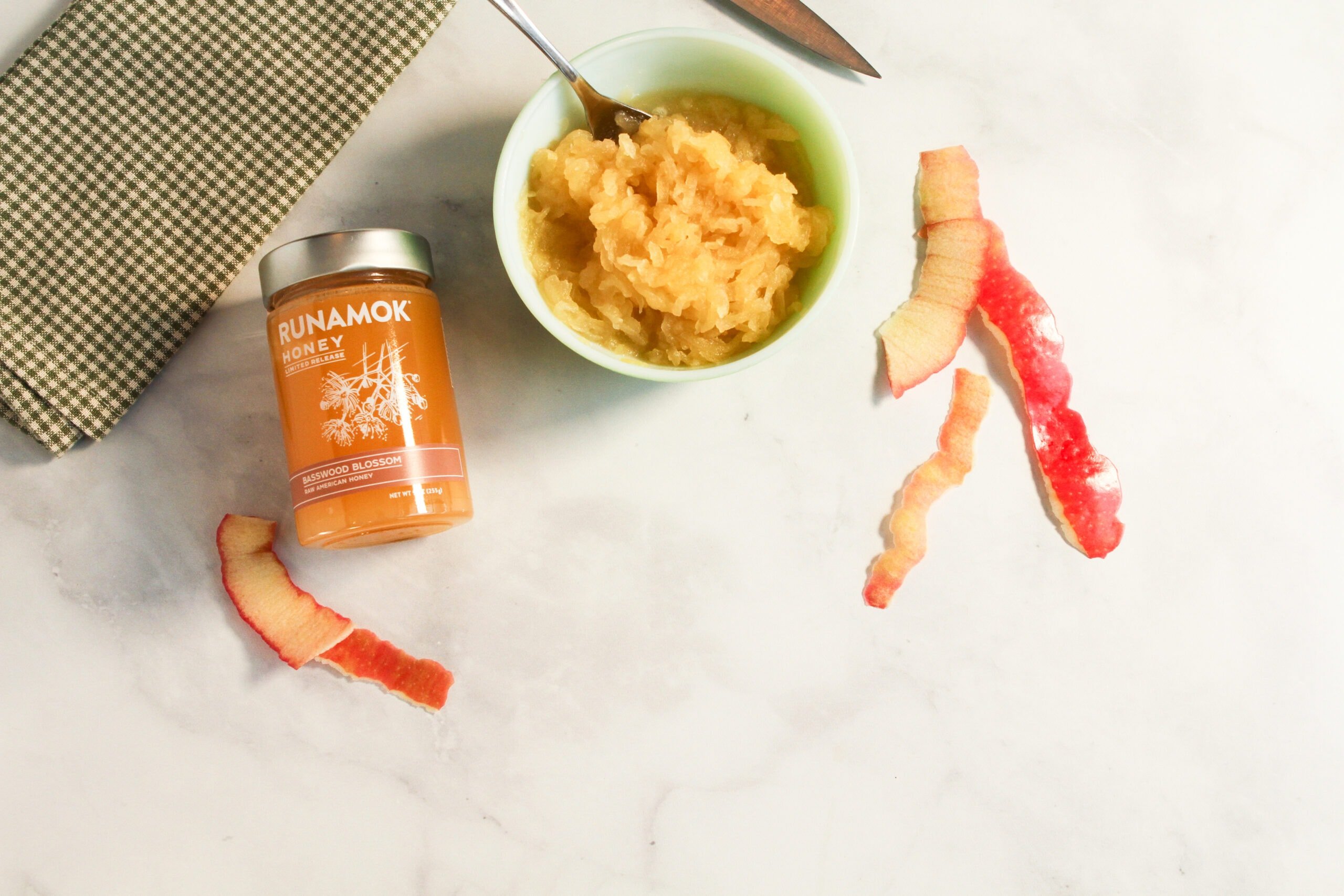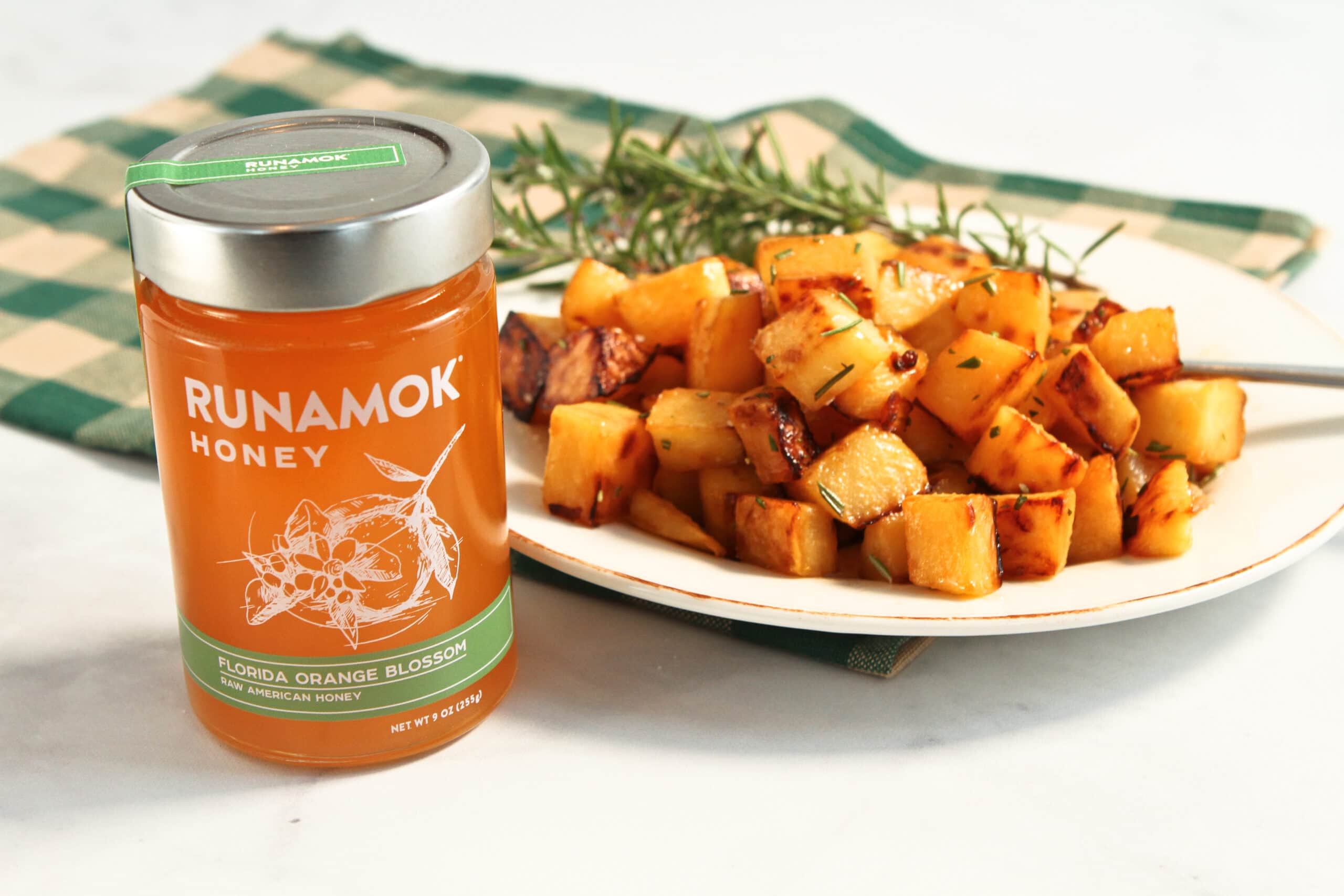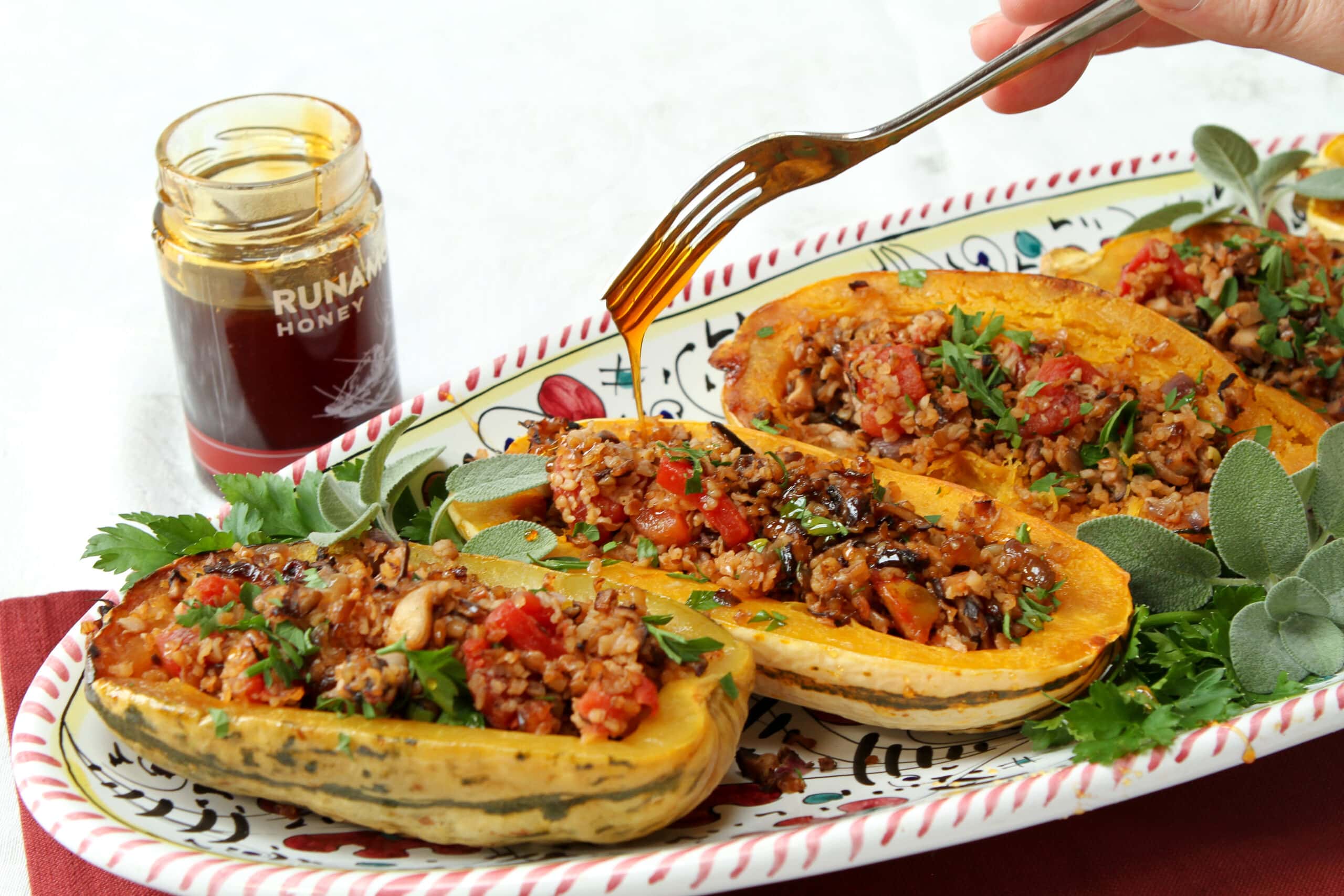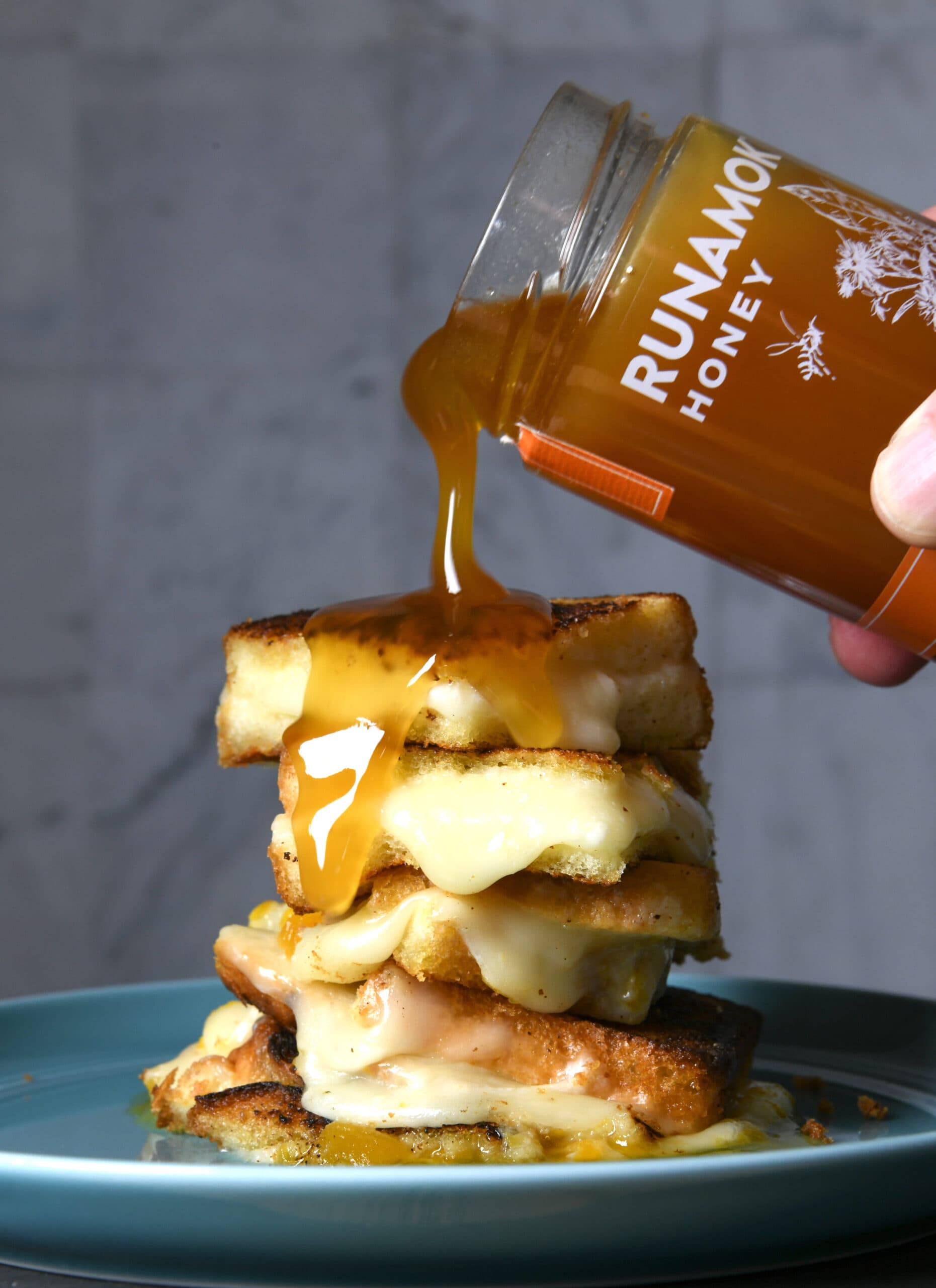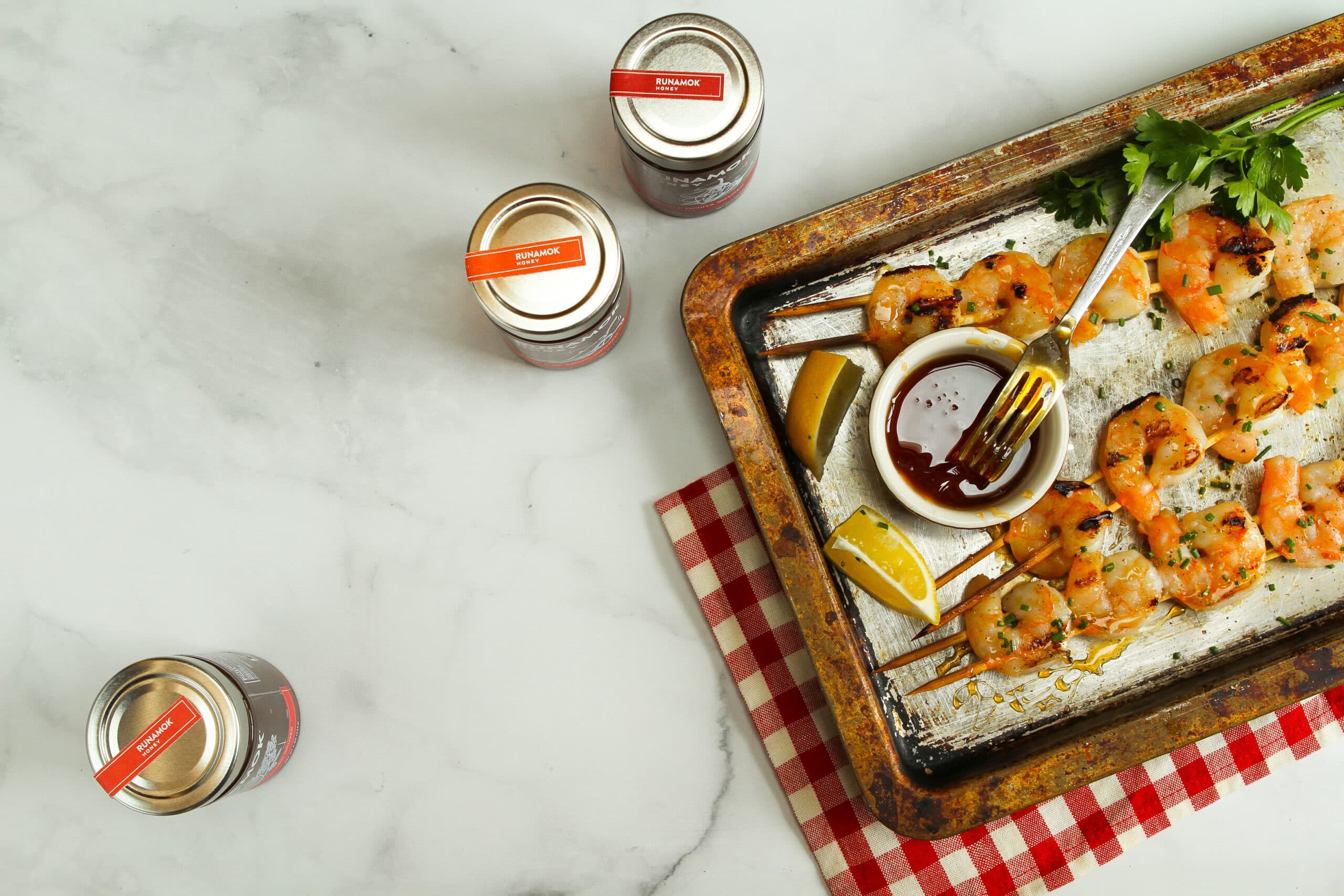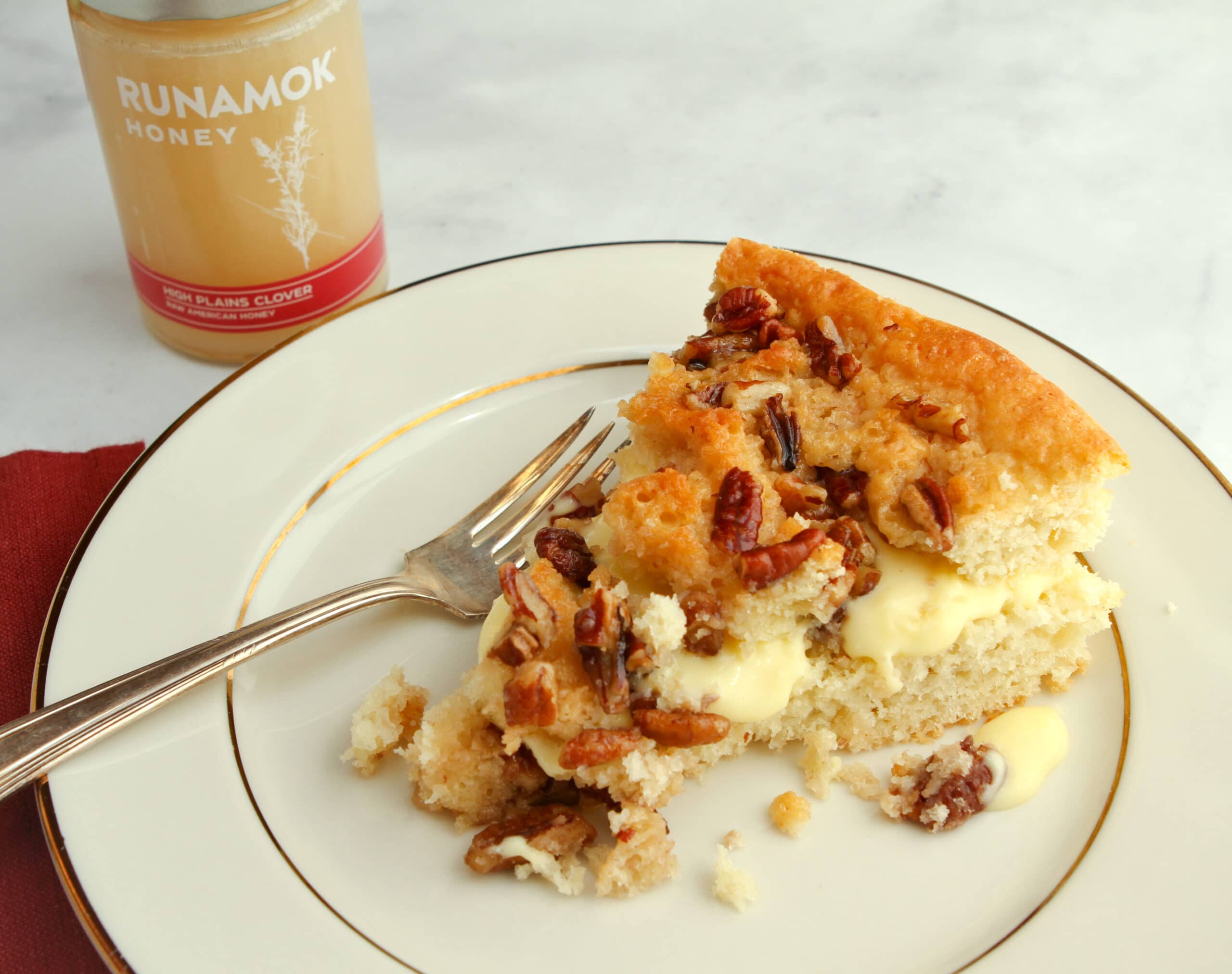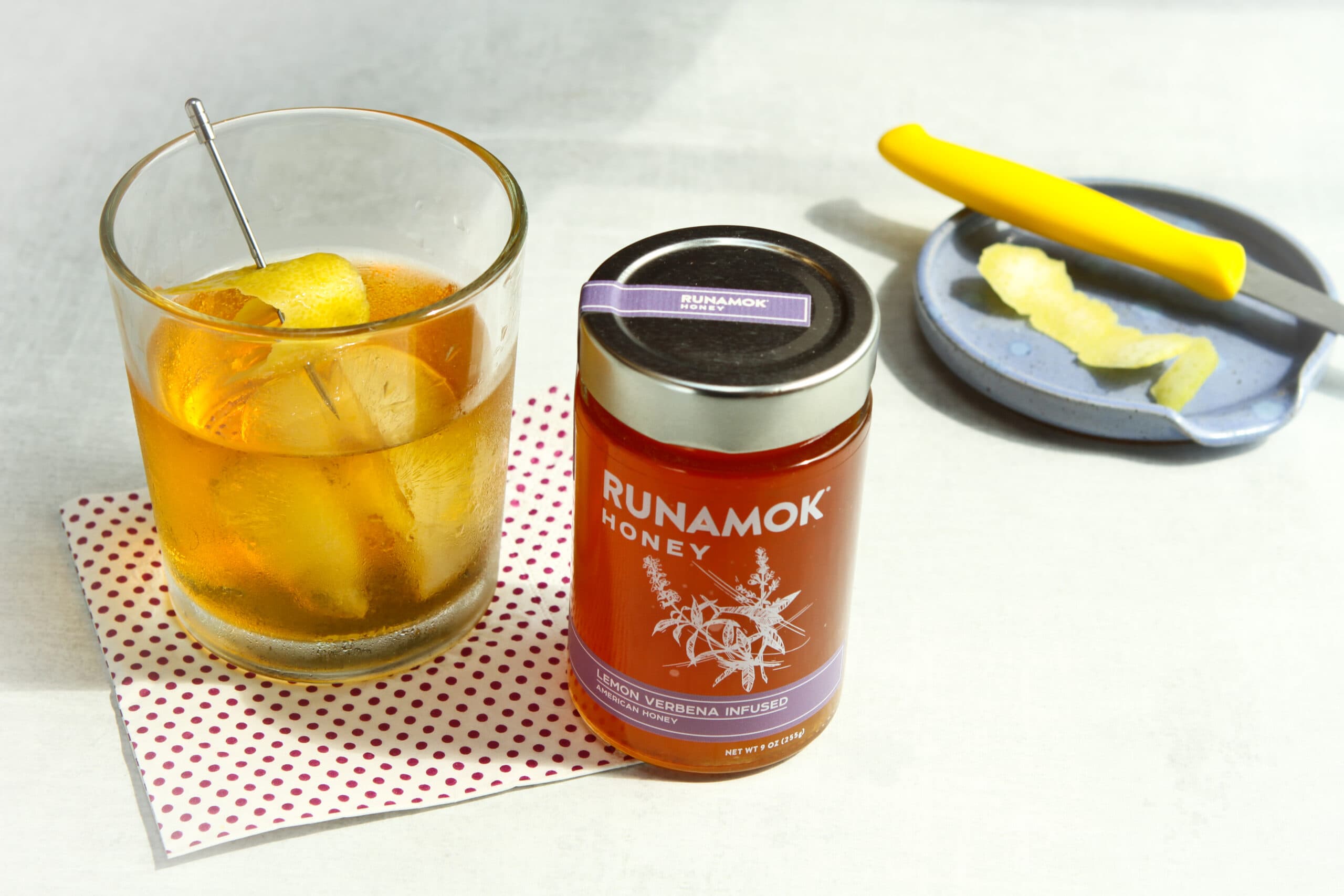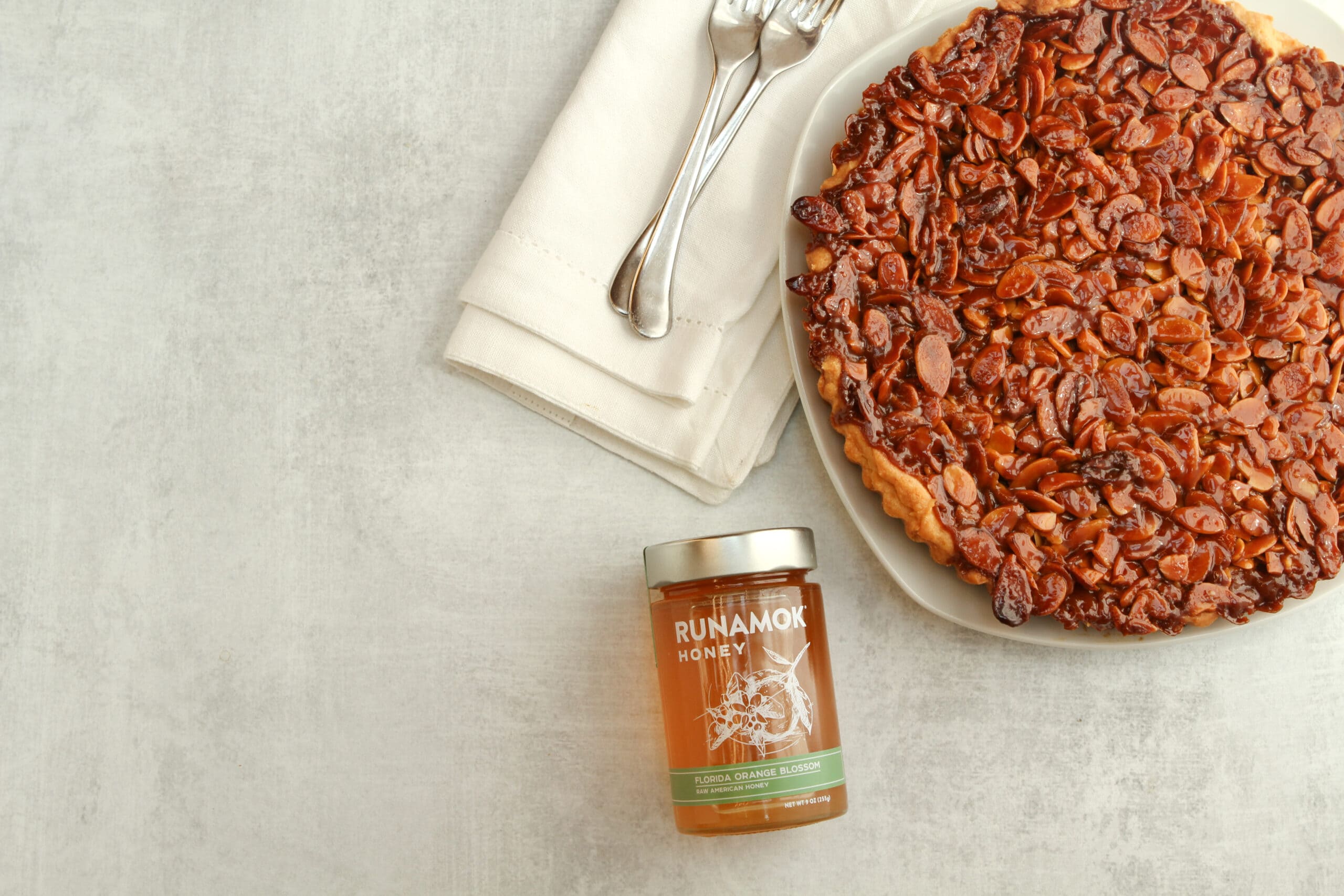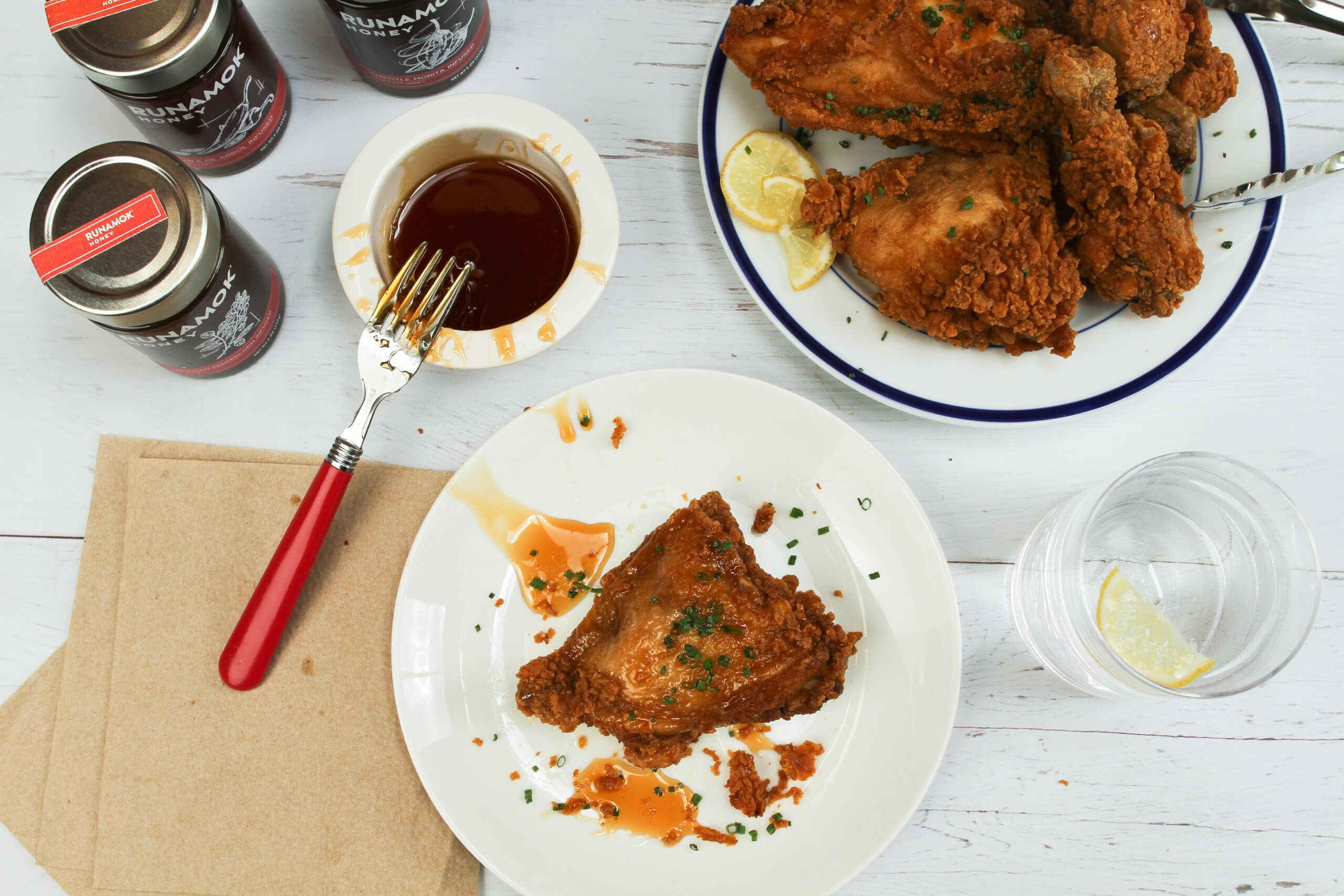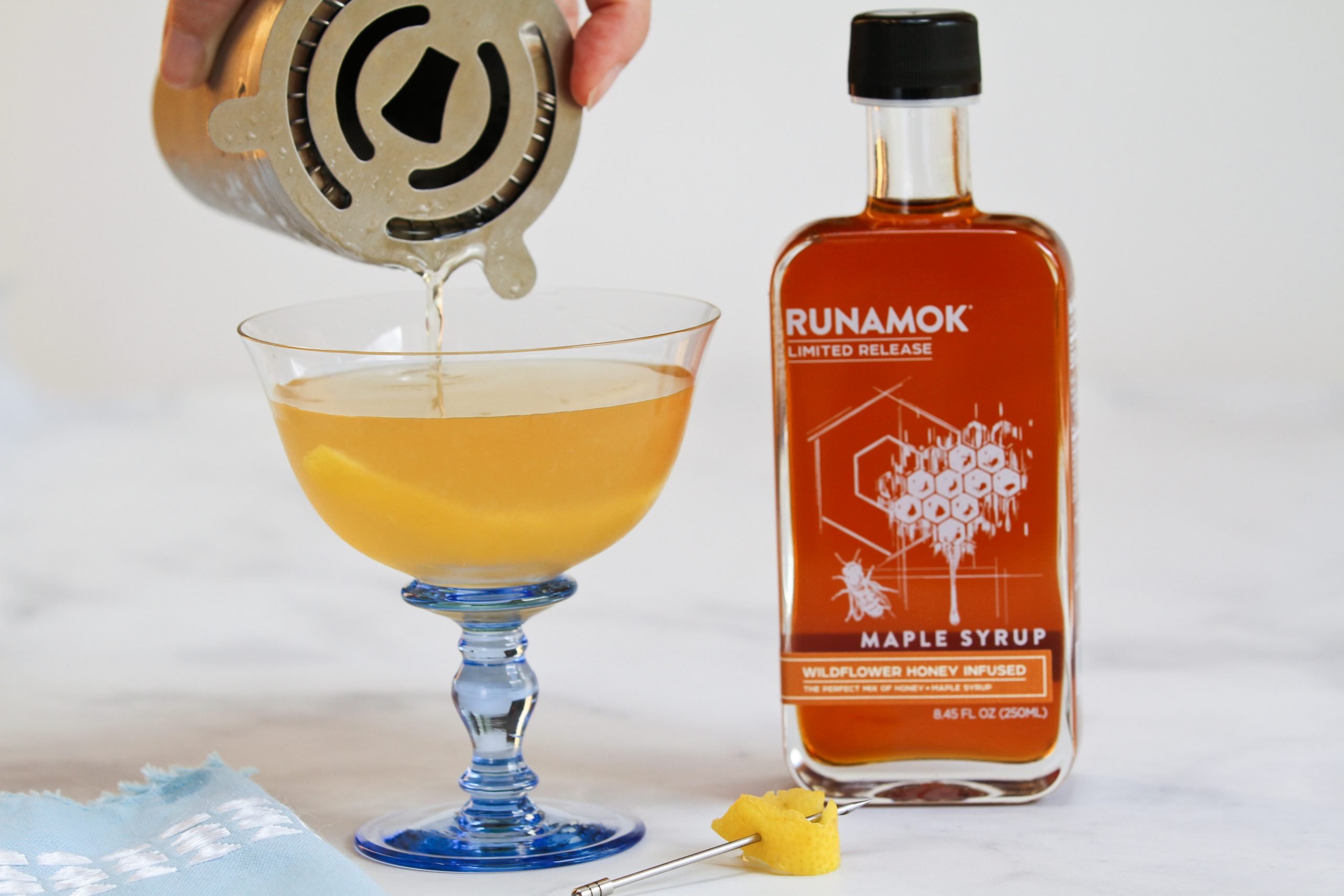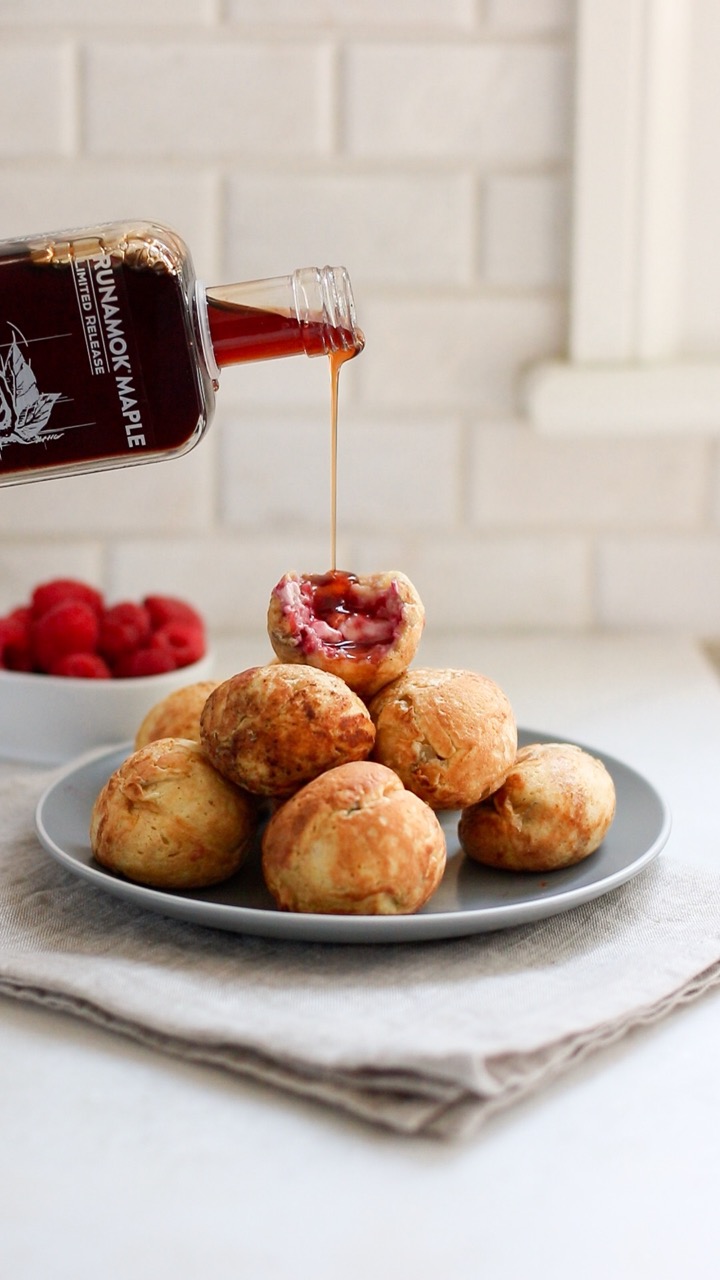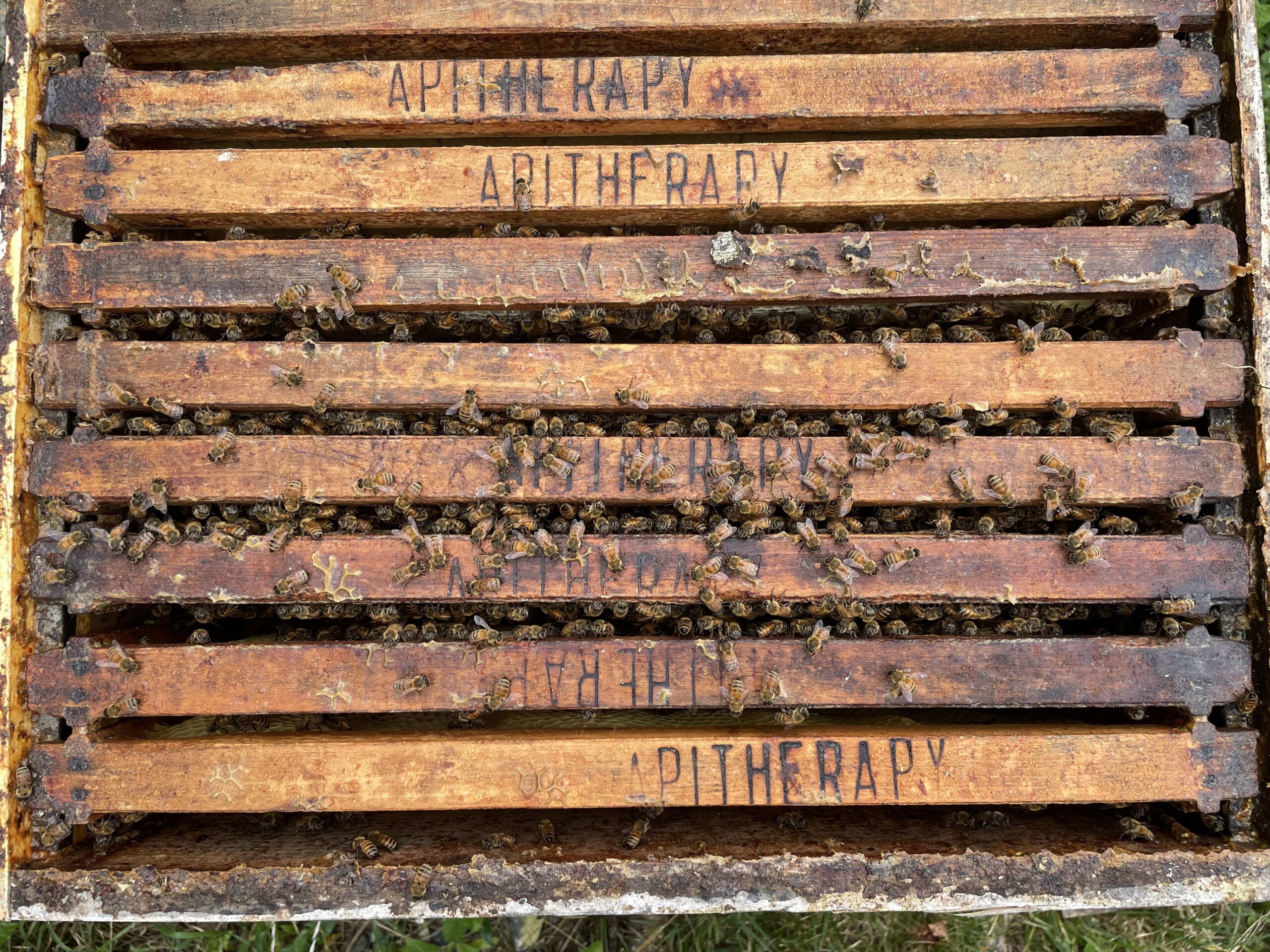
HAPPY NATIONAL HONEY MONTH!
This September during National Honey Month, we’re taking the time to celebrate all things honey. Runamok has been known as a maple company since our inception, but we have spent the past several years partnering with beekeepers across the country to find and source the best honey nature has to offer. As we’re always aiming to elevate your everyday food and beverage experiences, honey was an easy next choice for us. Our passion for quality, innovation, and culinary exploration has resulted in a wide range of products, from hot and infused honeys to some of the most delicious raw honeys on the market.
Join us as we spotlight our hardworking beekeepers, the crucial role bees play in our ecosystems, and the incredible results of their labor that we have had the privilege of sharing with you these past few years!
HONEY FUN FACTS
-
Honey never spoils when stored in an airtight container!
-
Honeybee hives can produce an average of 40-60lbs of honey in a year.
-
One out of every three bits of food we eat is there because of pollinators like bees, birds, bats, and butterflies. Over 75% of the world’s floweing plants need help from pollinators – including hundreds of crop varieties.
-
Male honeybees – called drones – do not have stingers and don’t gather nectar. Their only role is reproduction.
-
Female honeybees are called worker bees… and they do all the work!
-
A queen bee can lay up to 3,000 eggs in a single day. The number of eggs laid is directly related to the number of minutes of sunlight per day.
-
Honey yields increase with each degree of latitude you travel north – more light means a greater harvest!
-
Honeybees communicate through pheromones.
-
Beekeepers use smoke to interrupt the alarm pheromones and calm the hive.
-
Honeybees cap all their honey with wax to store it throughout the winter.
-
Worker honeybees live for an average of 5-6 weeks (or up to 4-6 months in the winter). A queen bee lives for 2-3 years on average, and some can live up to 5!
-
Some beekeepers take their bees to warmer climates for the winter to pollinate crops and strengthen the hives. Pollinating citrus groves in Florida and almonds in California is a lucrative business for many beekeepers! While citrus pollination leads to the delicious Florida Orange Blossom Honey, Almond Blossom Honey is bitter and is generally undesirable for eating.


